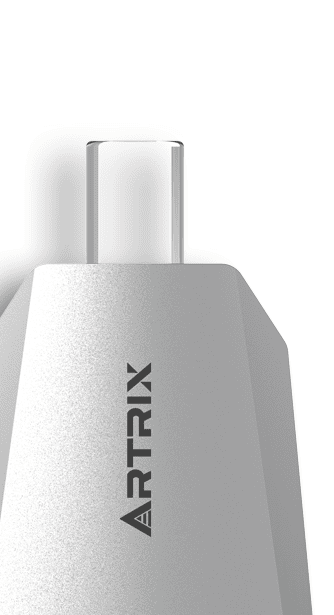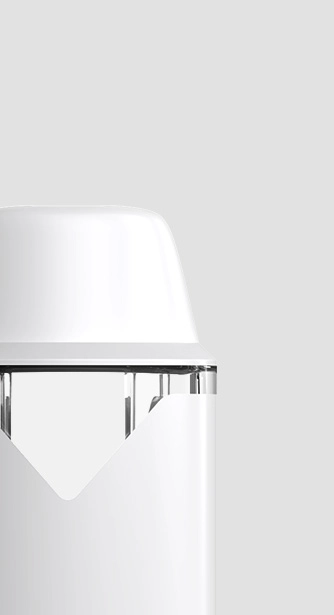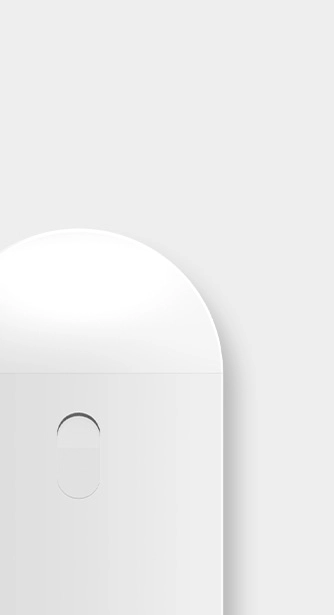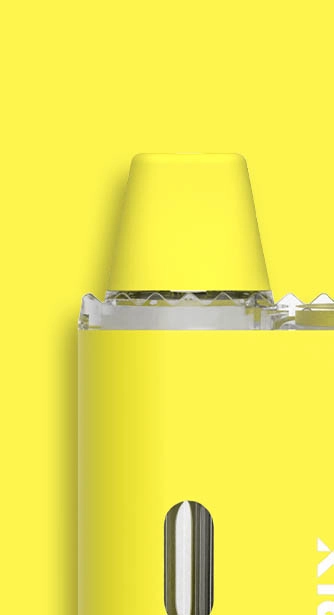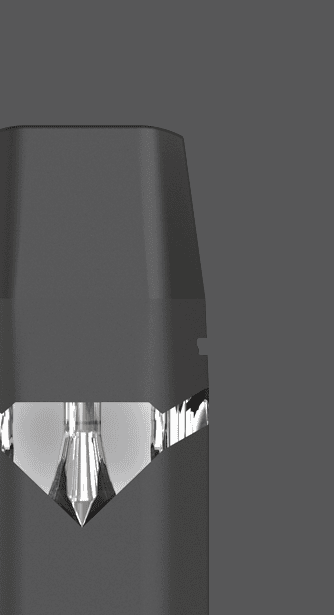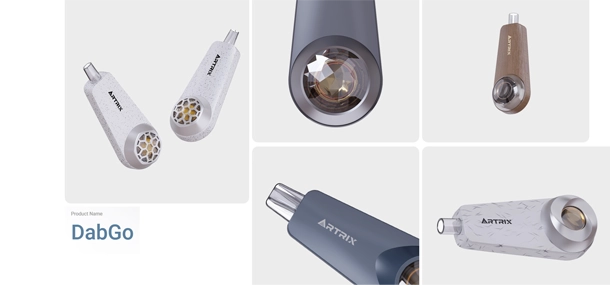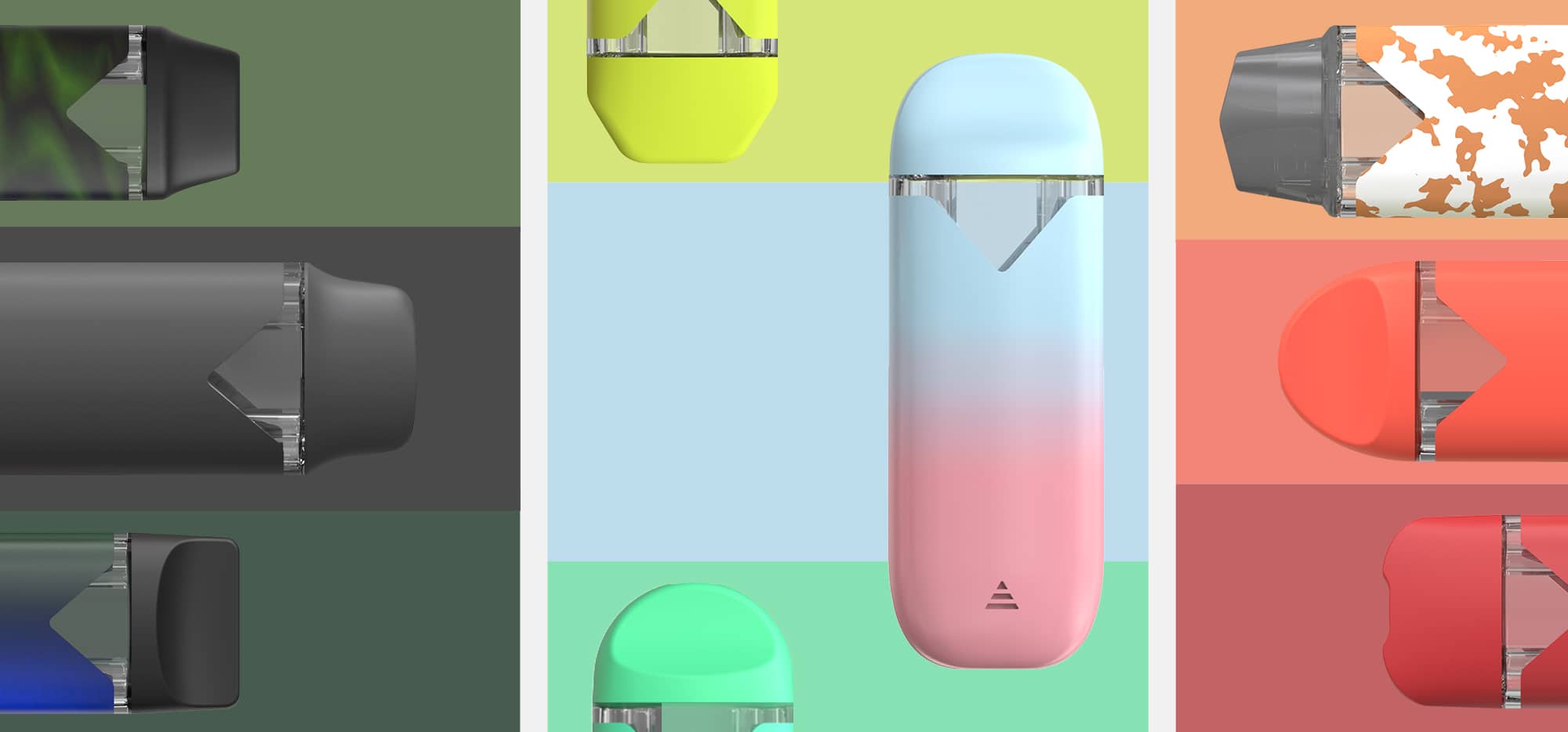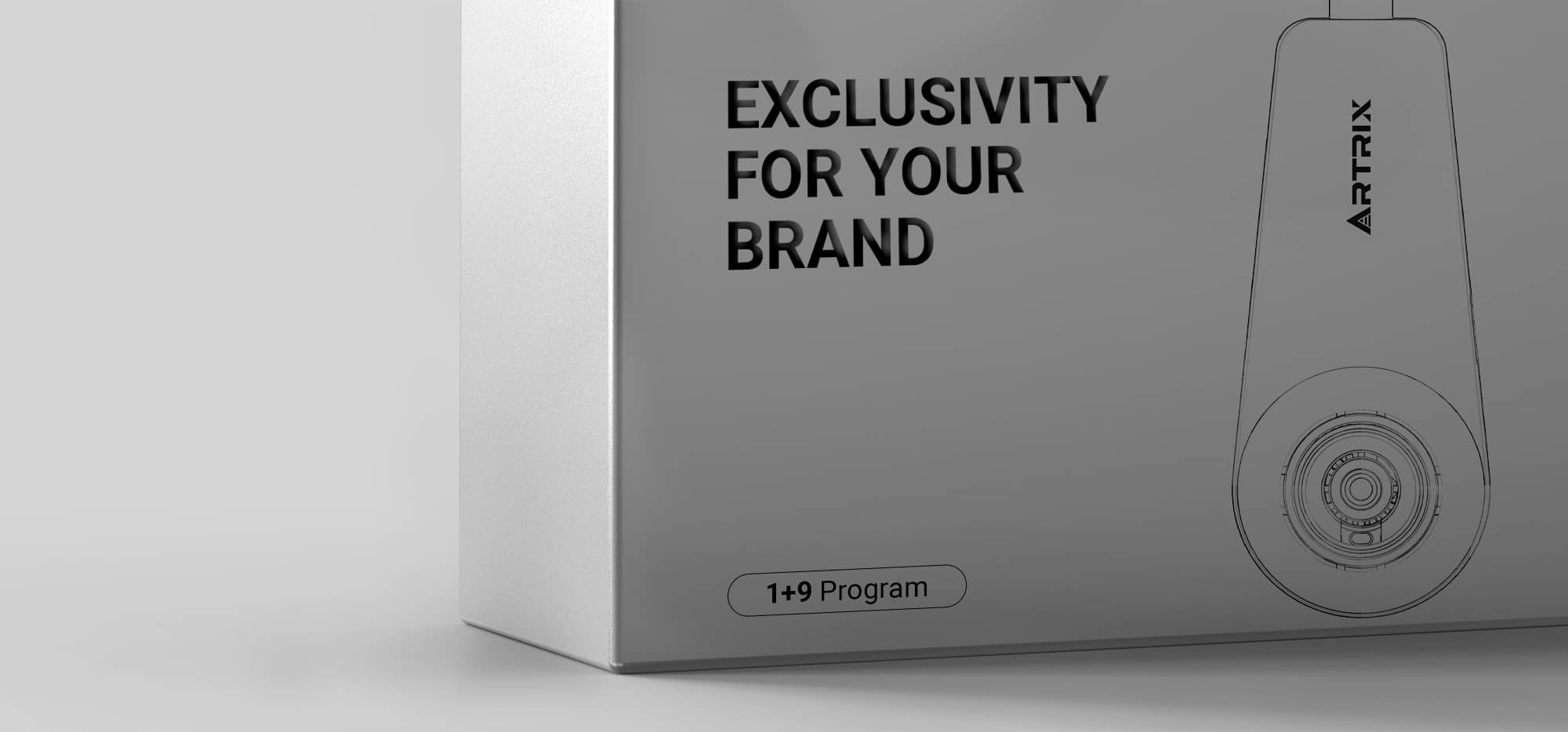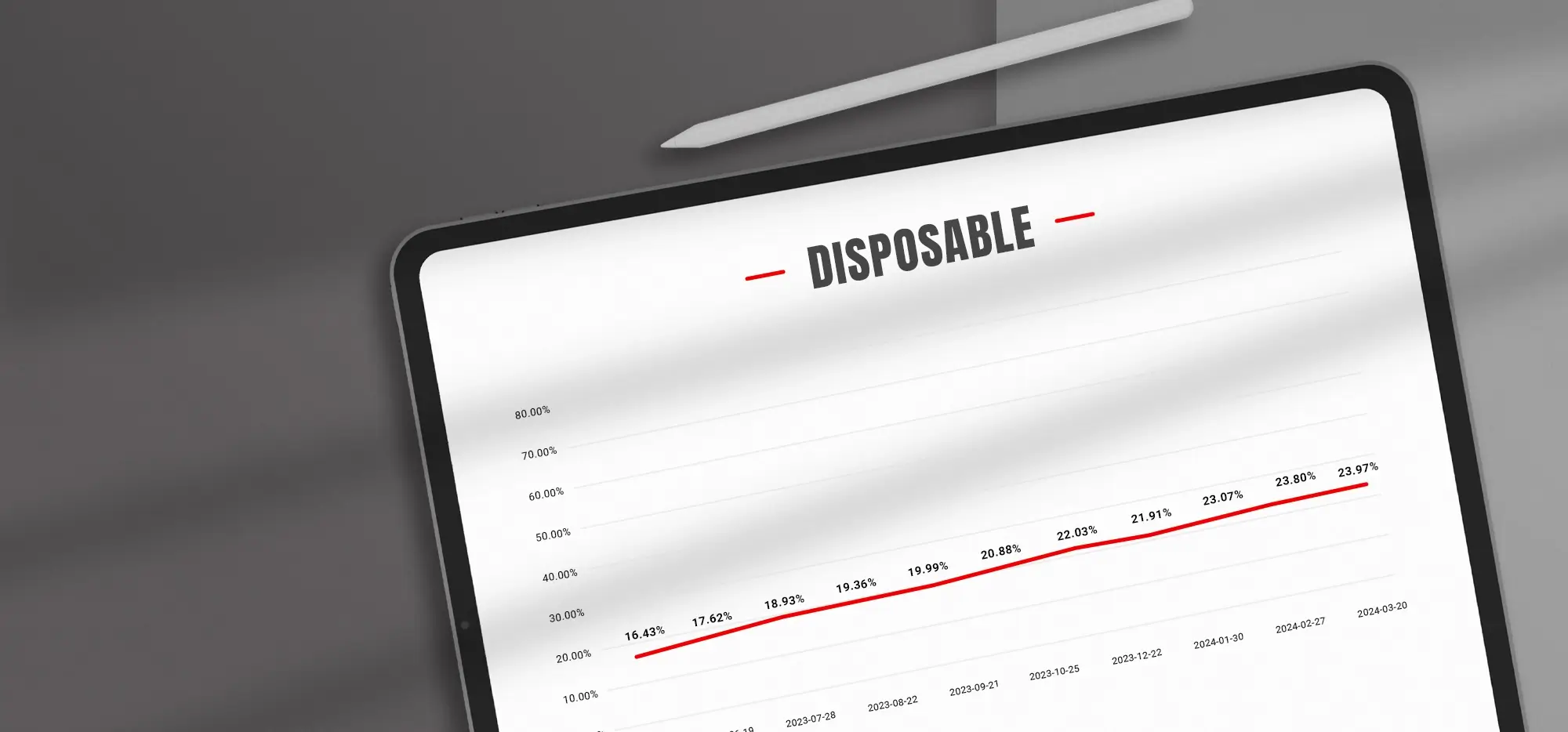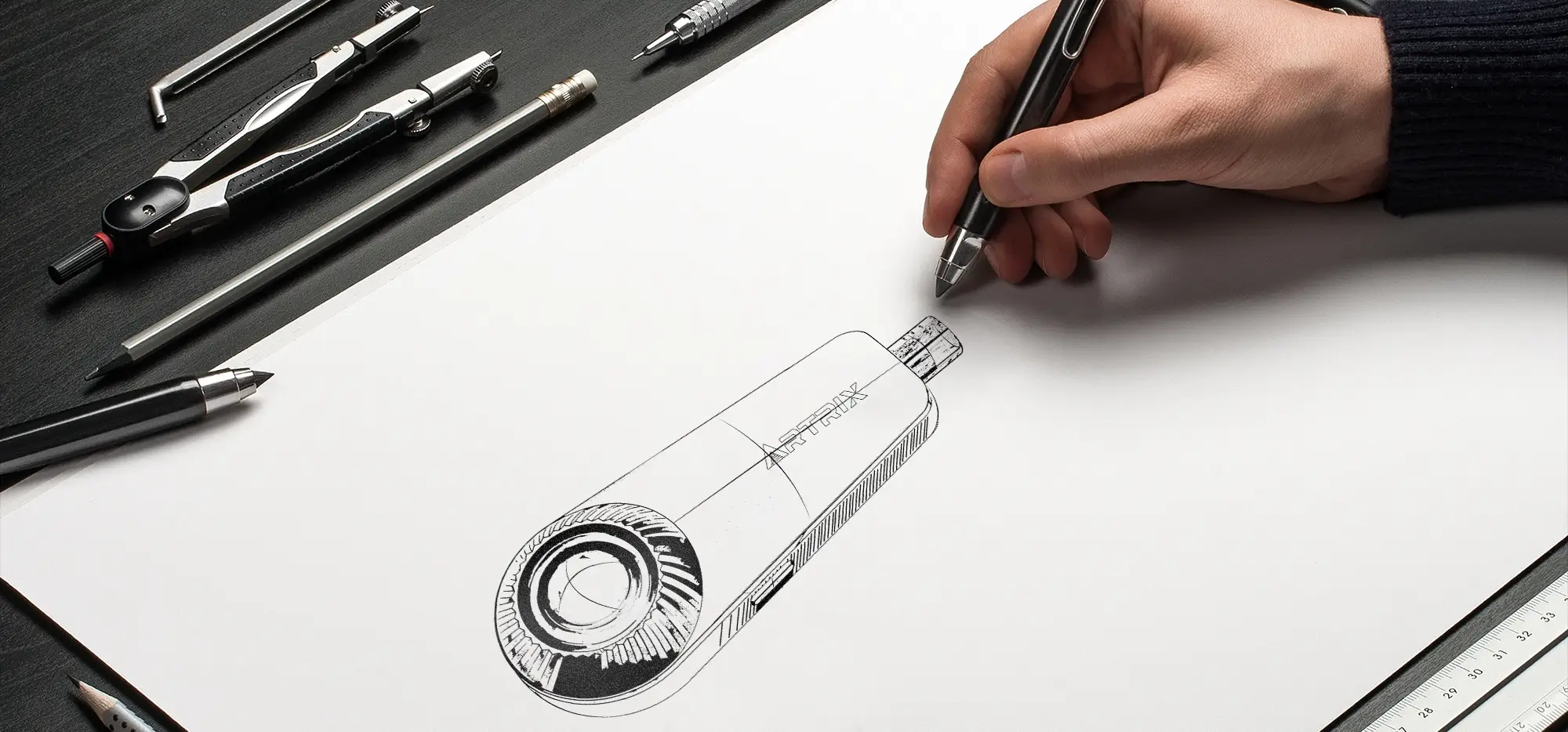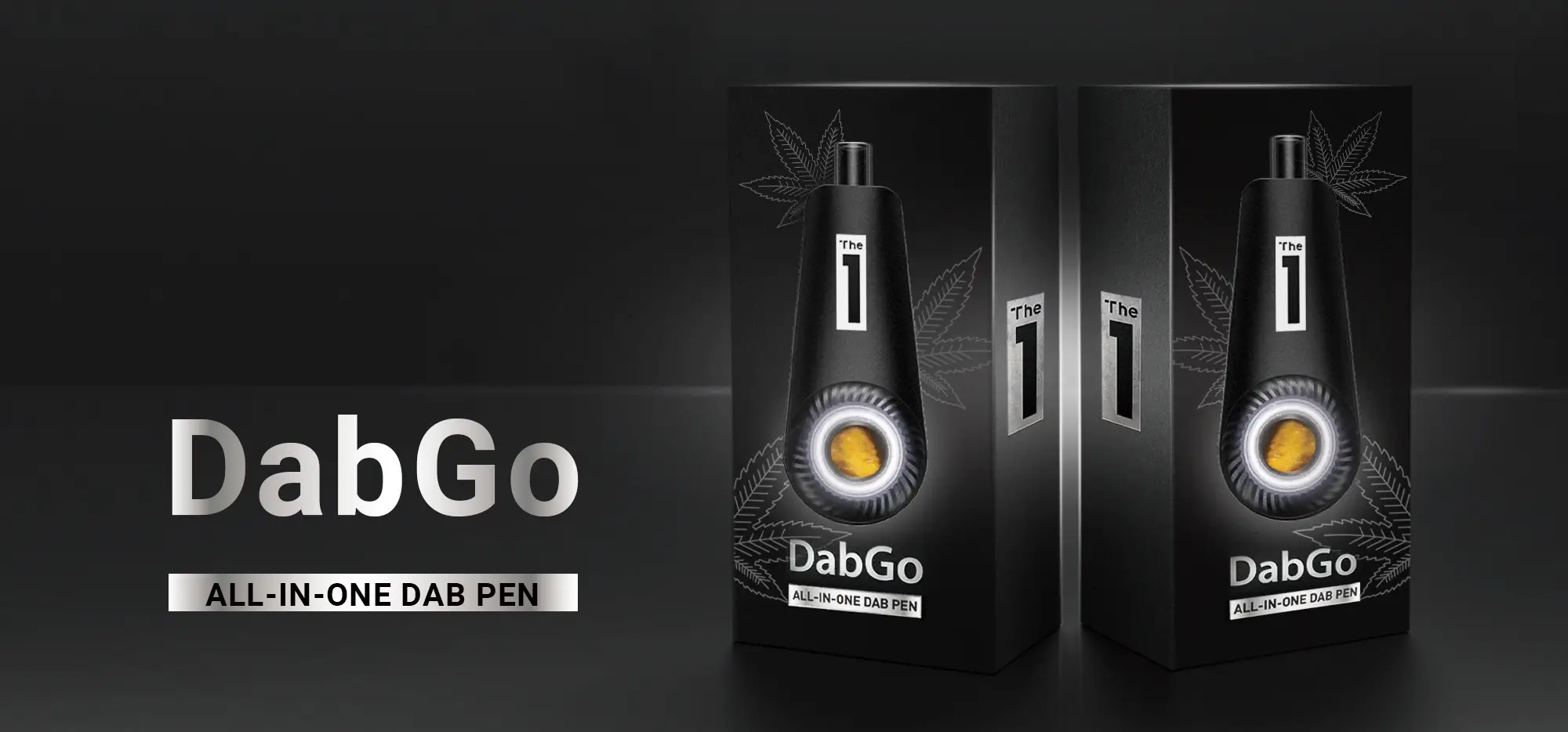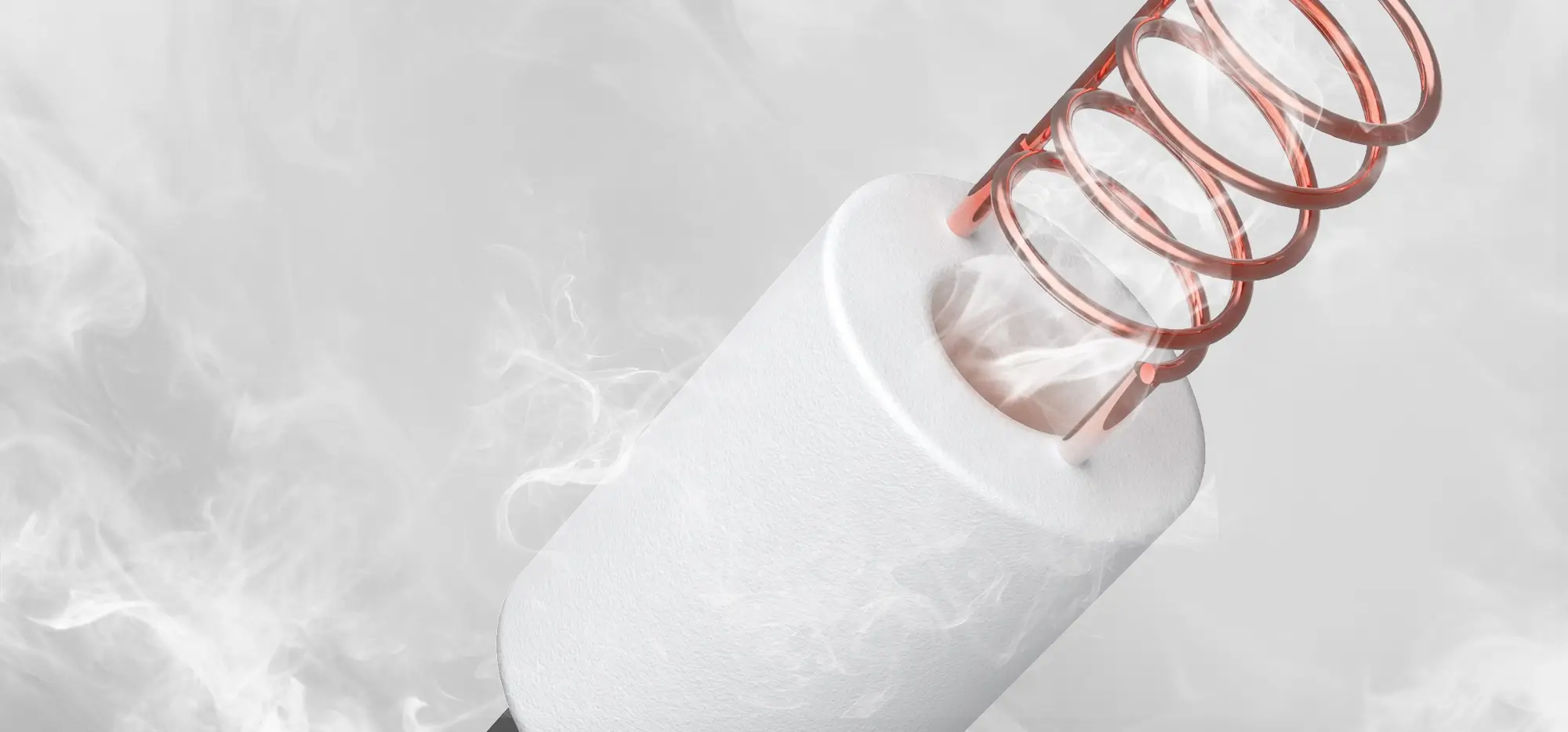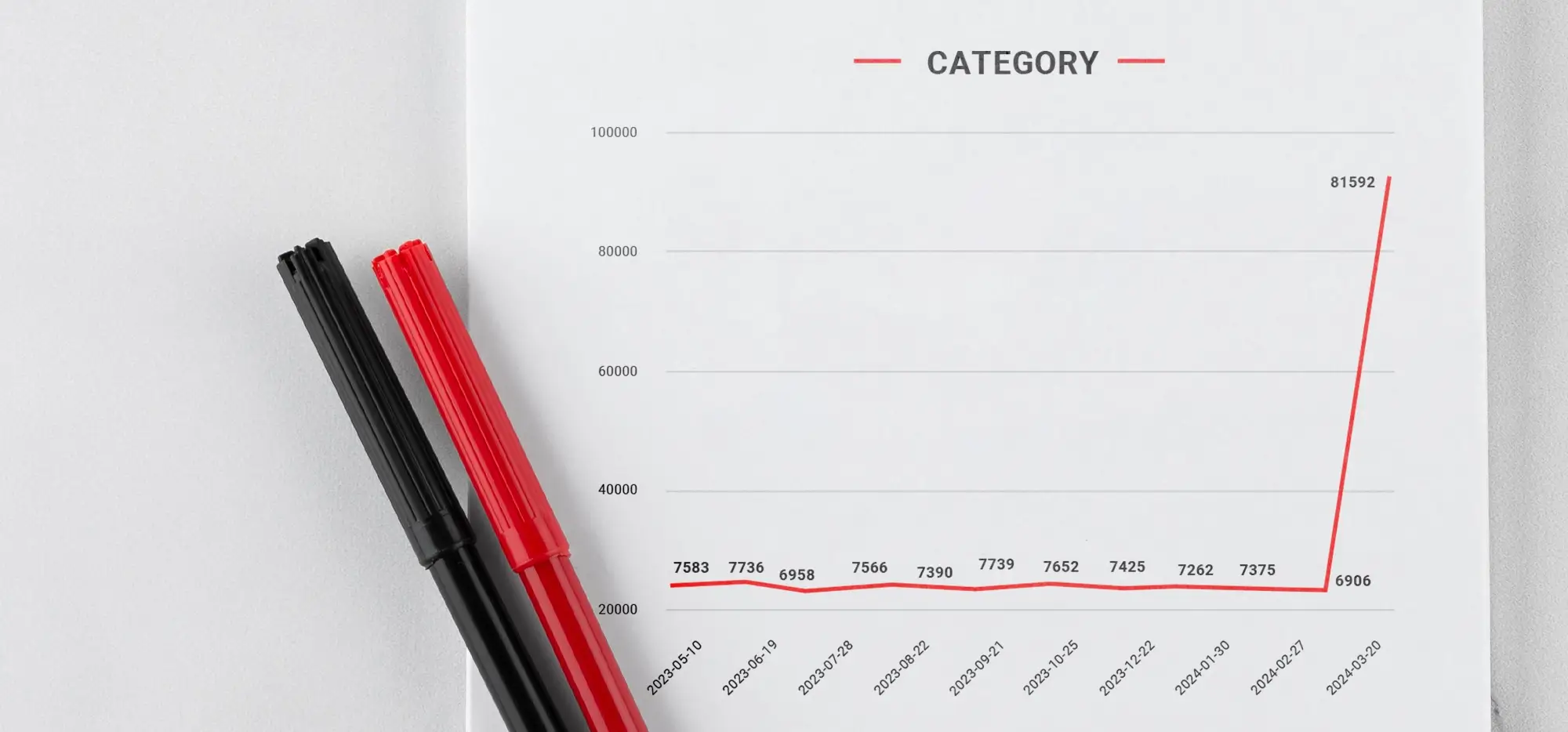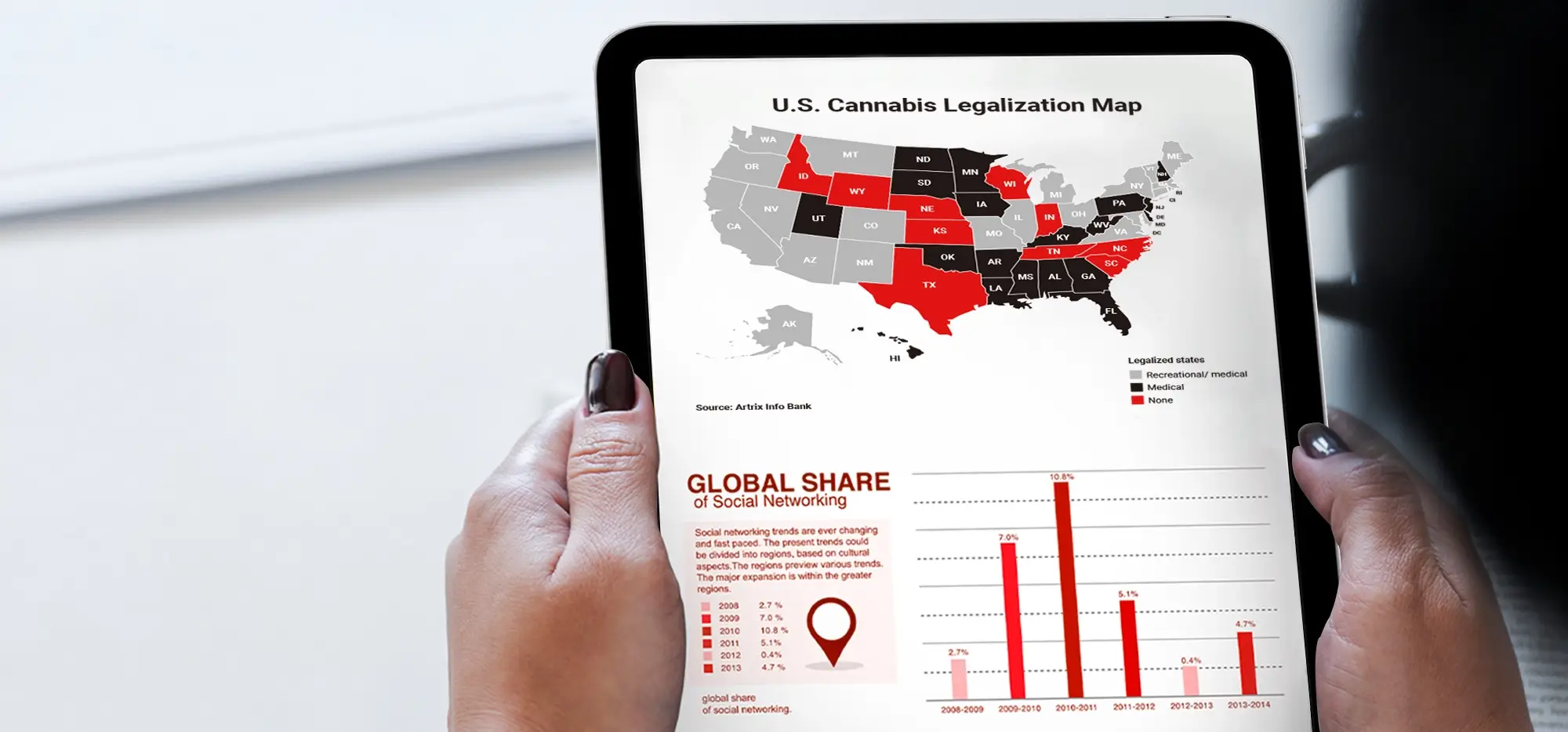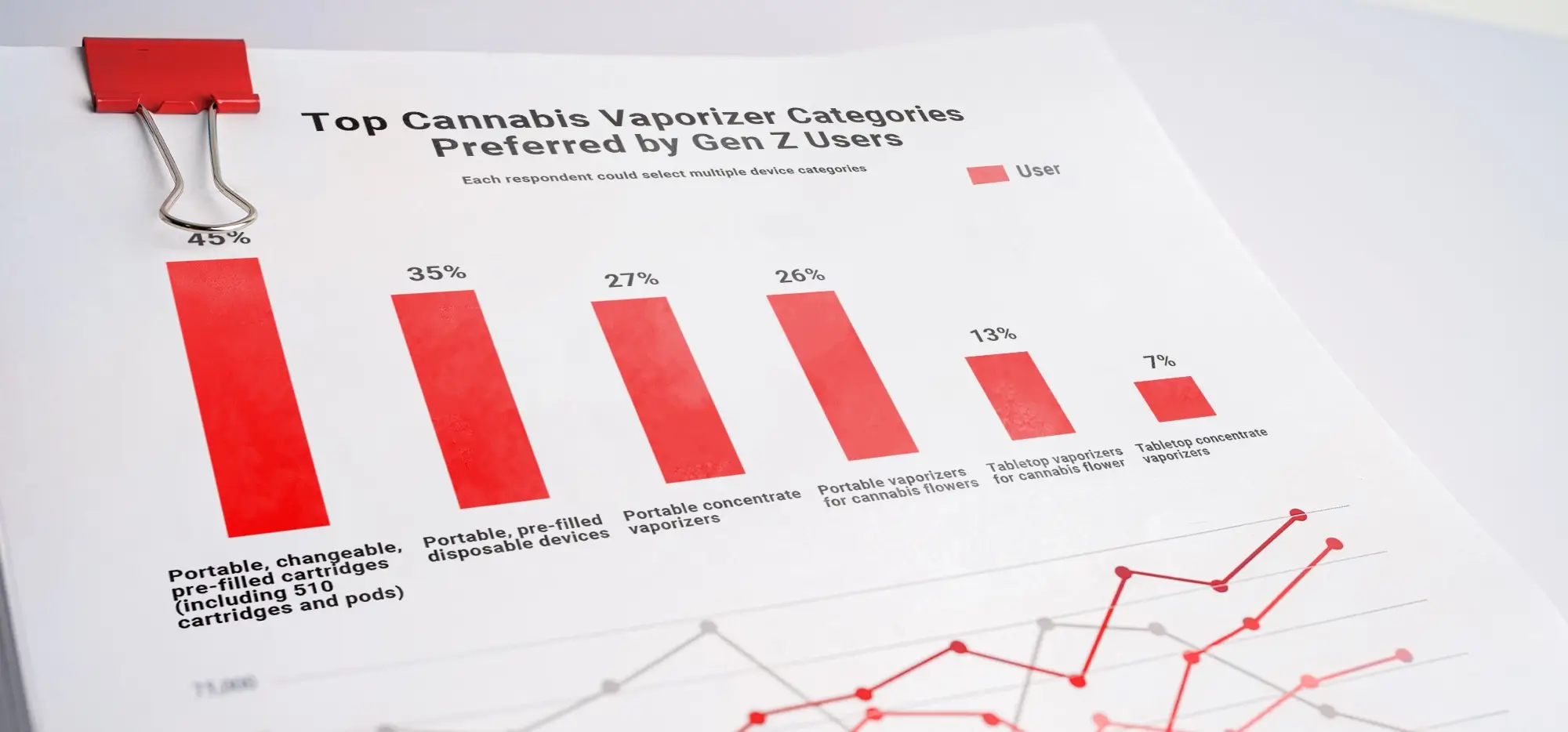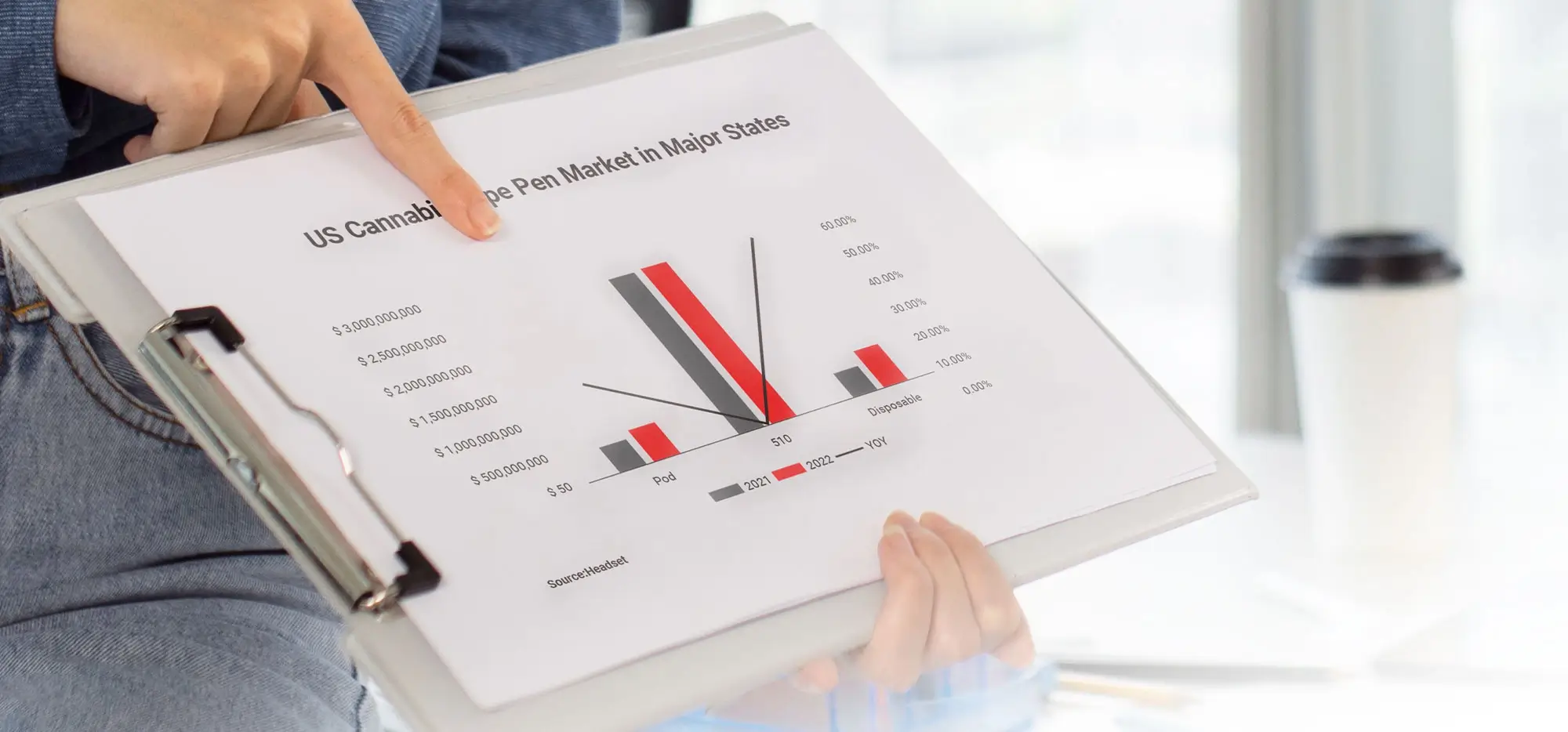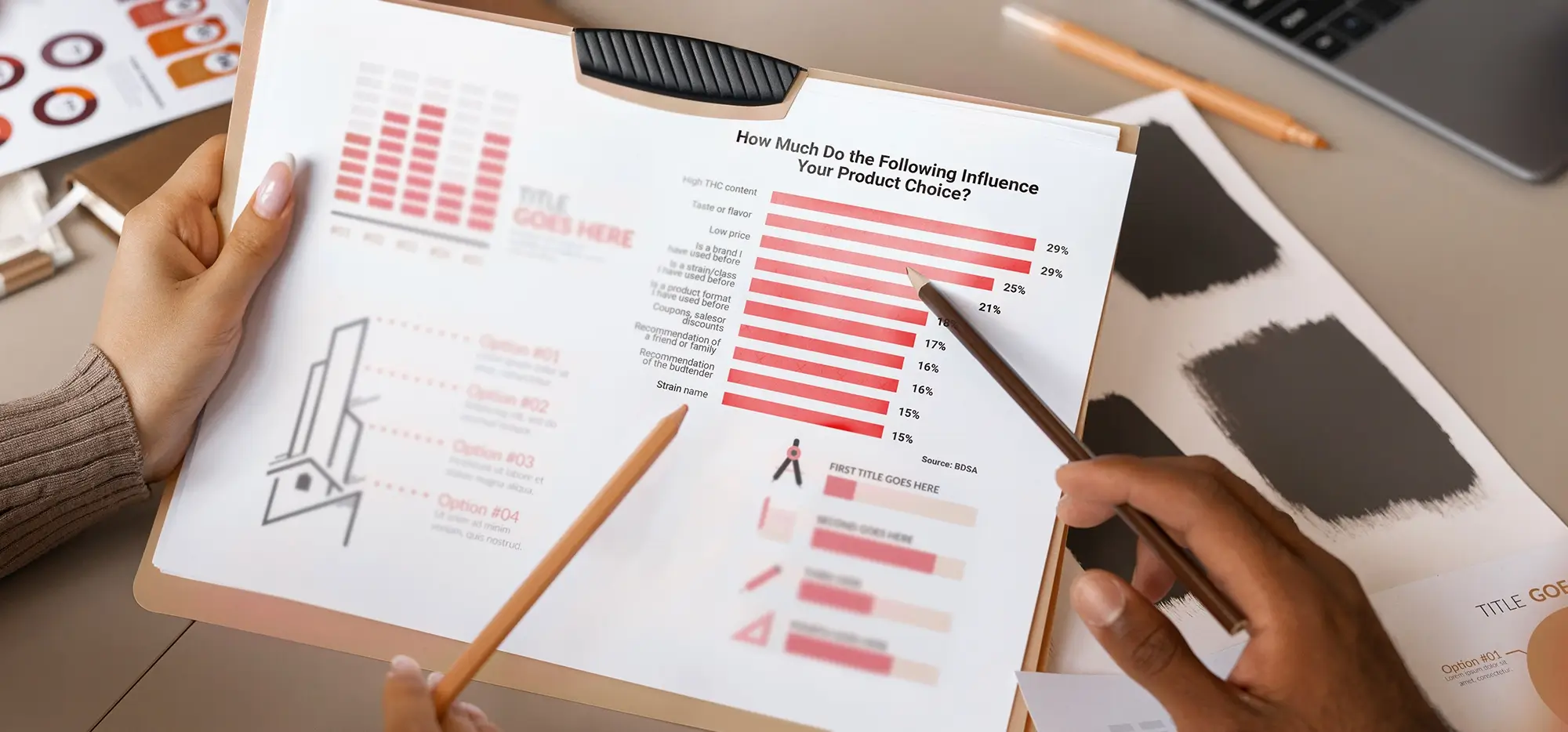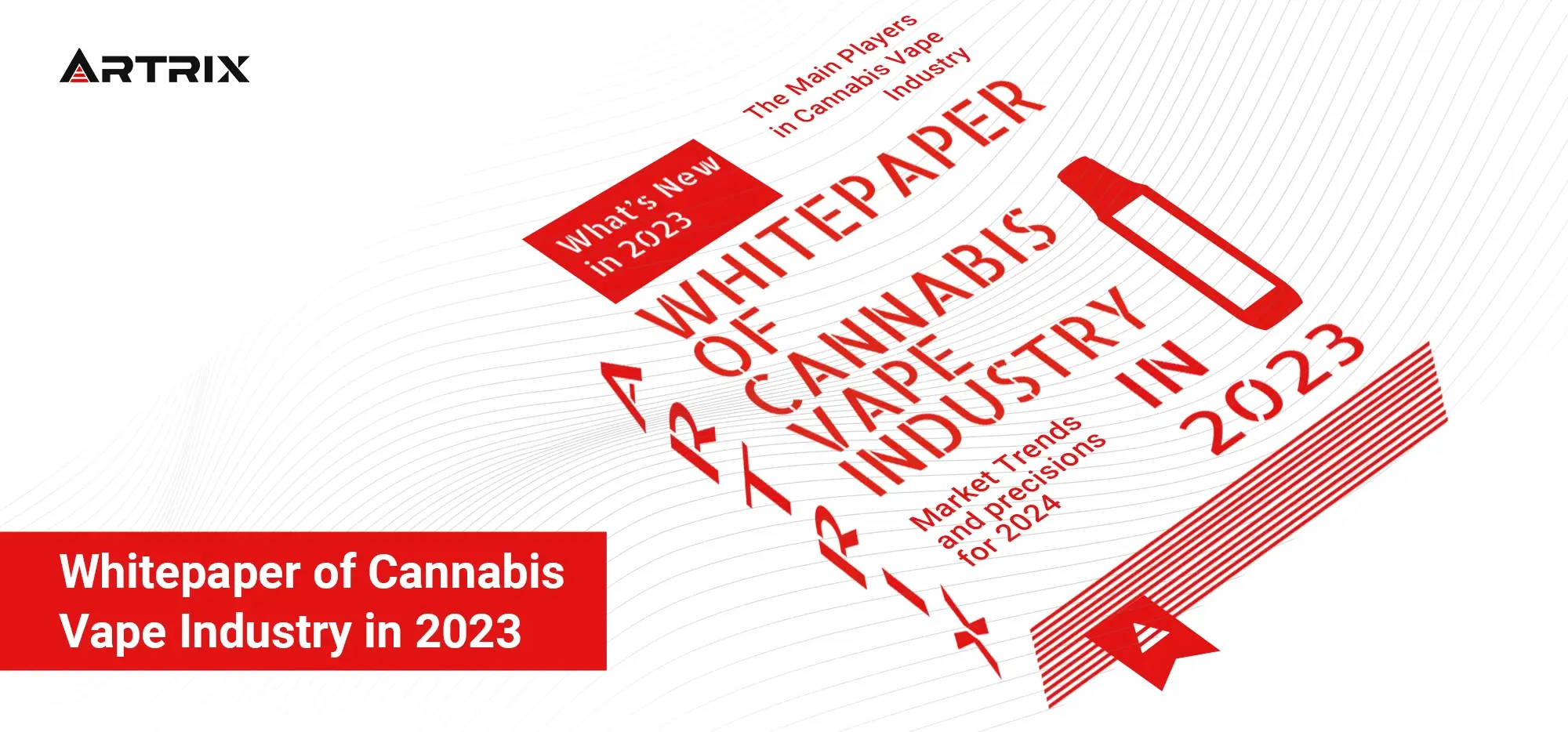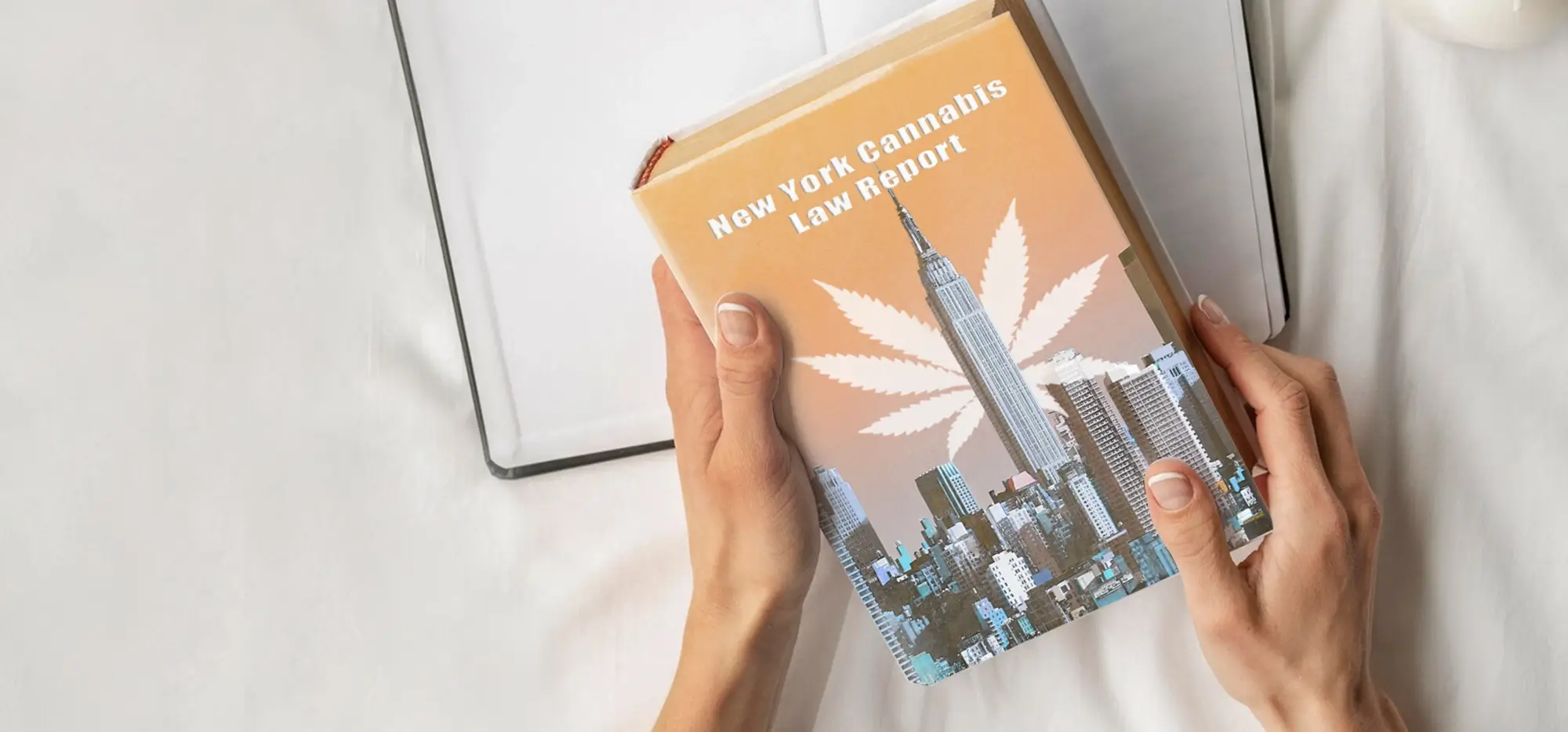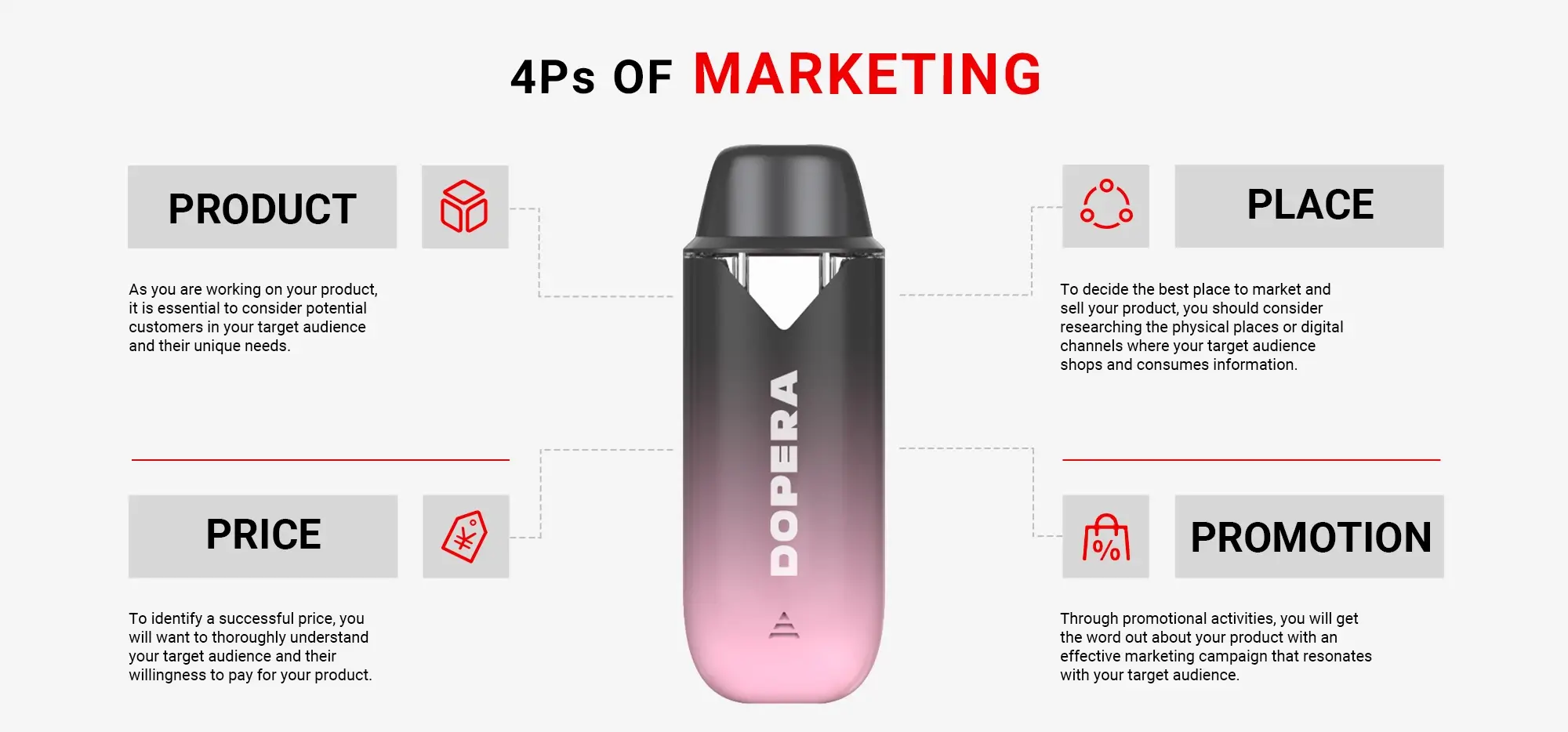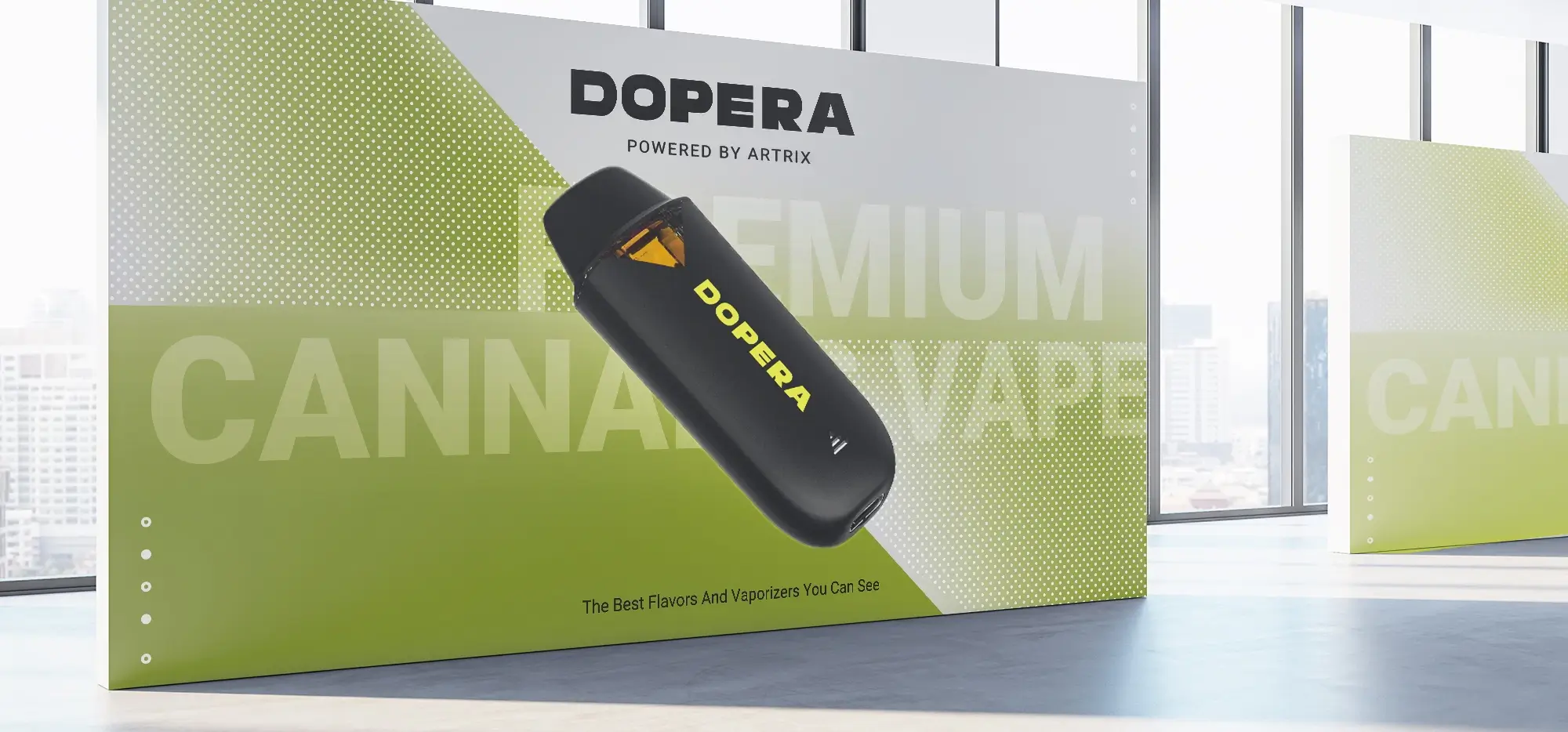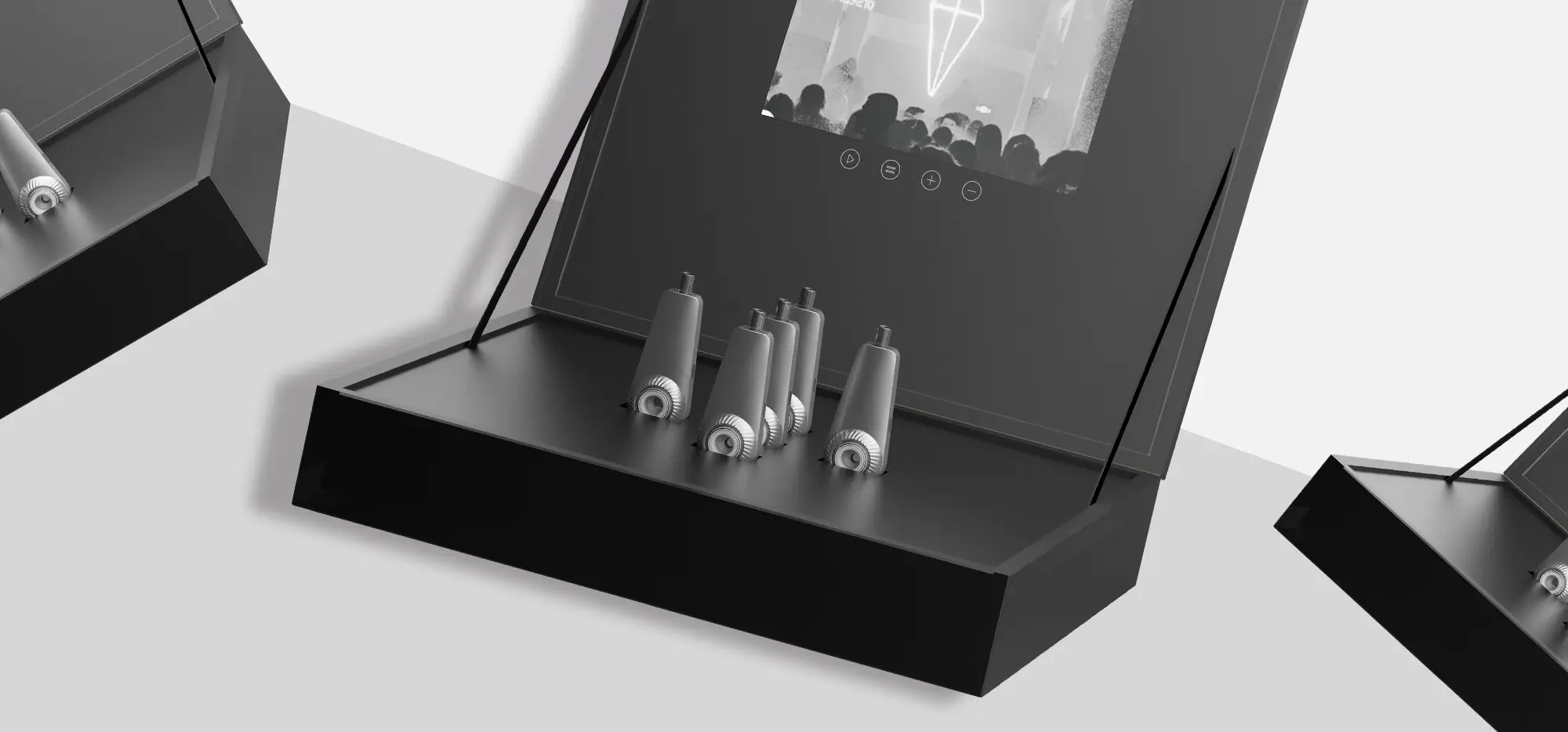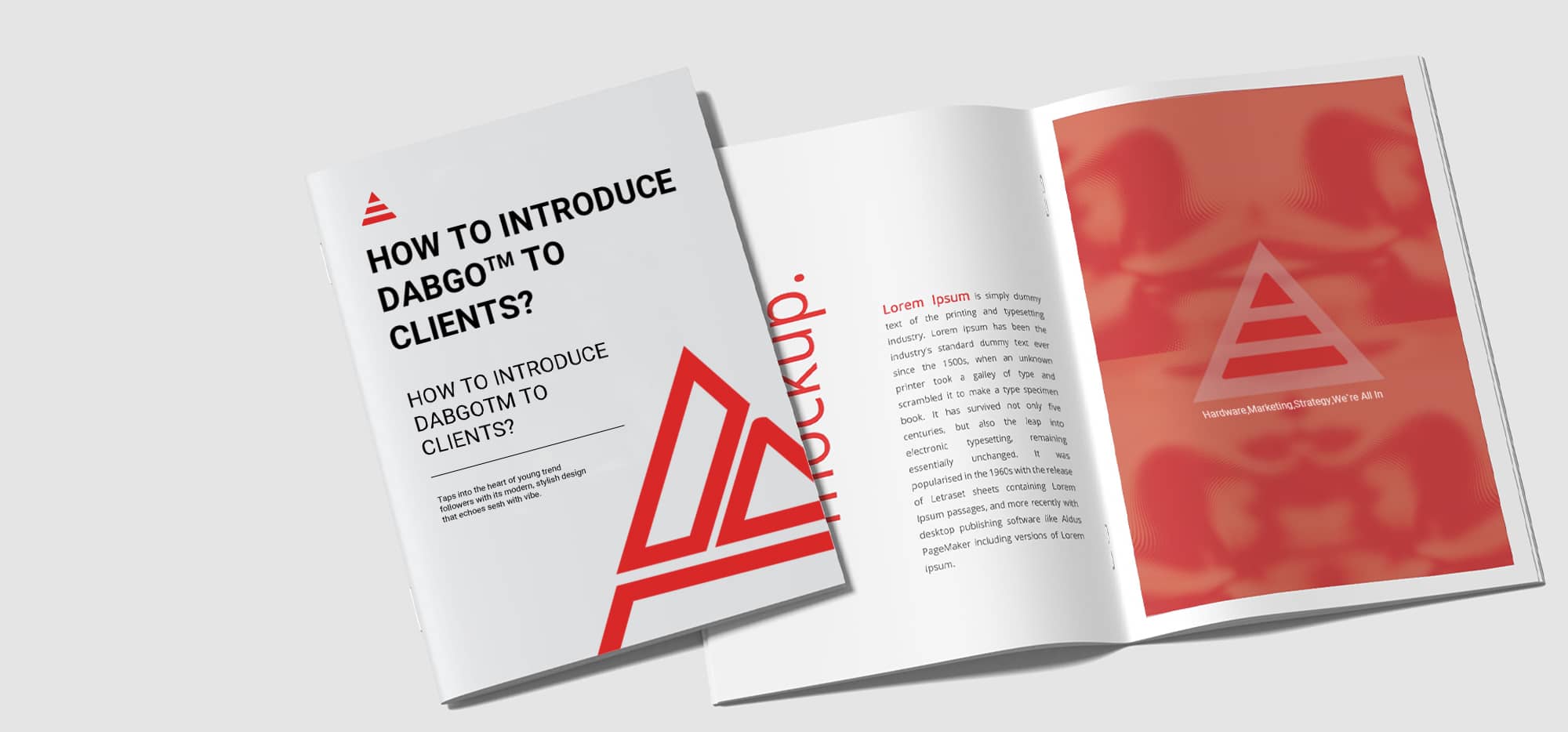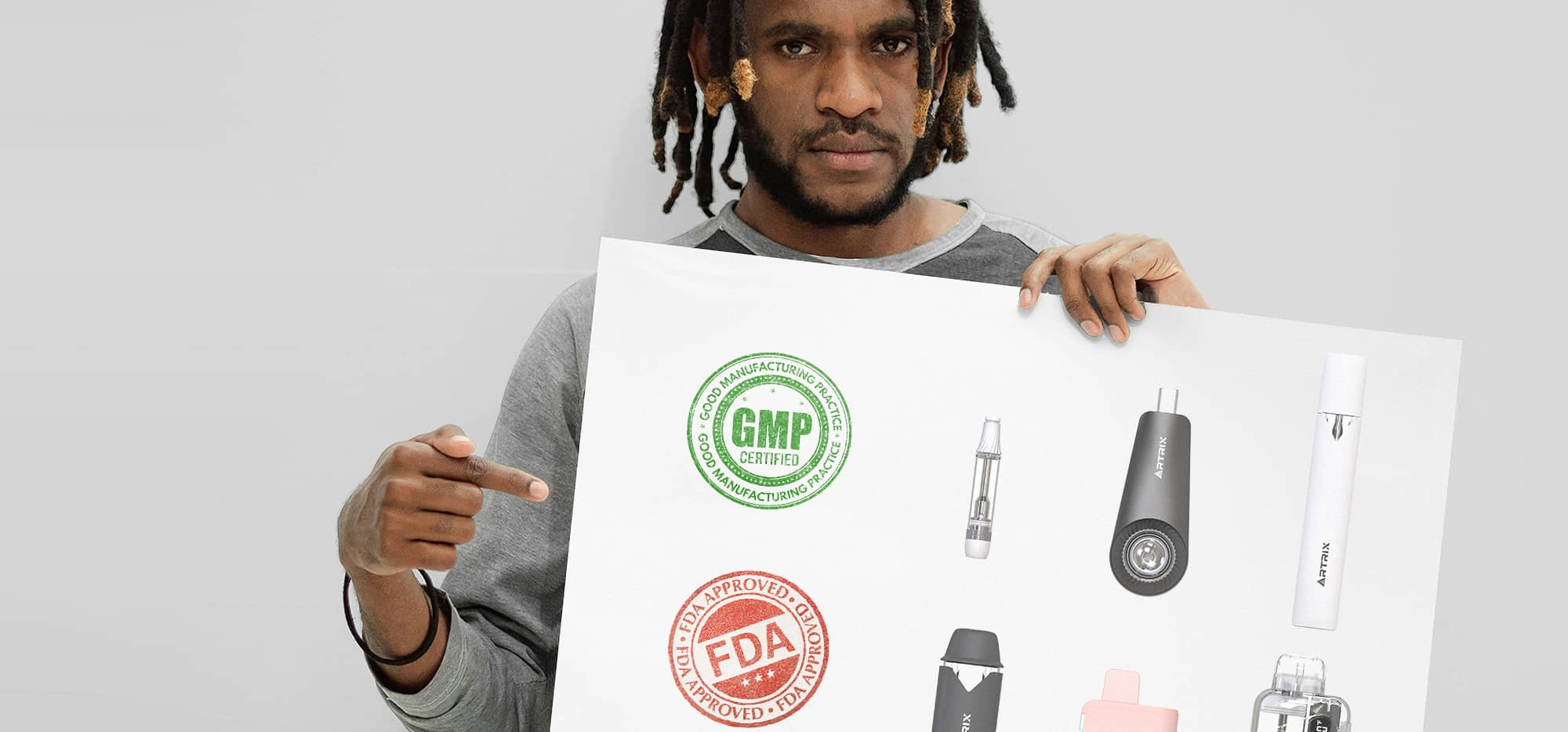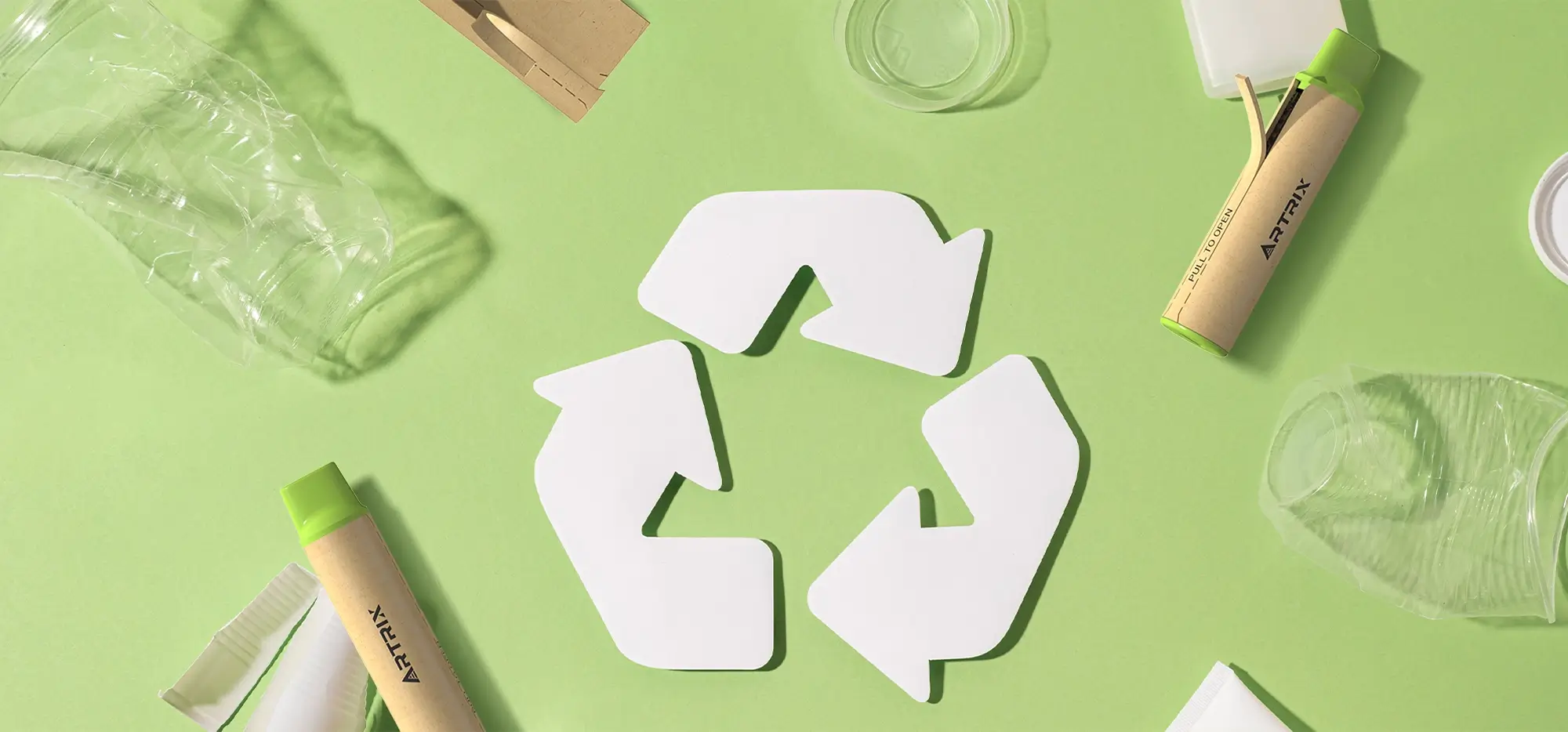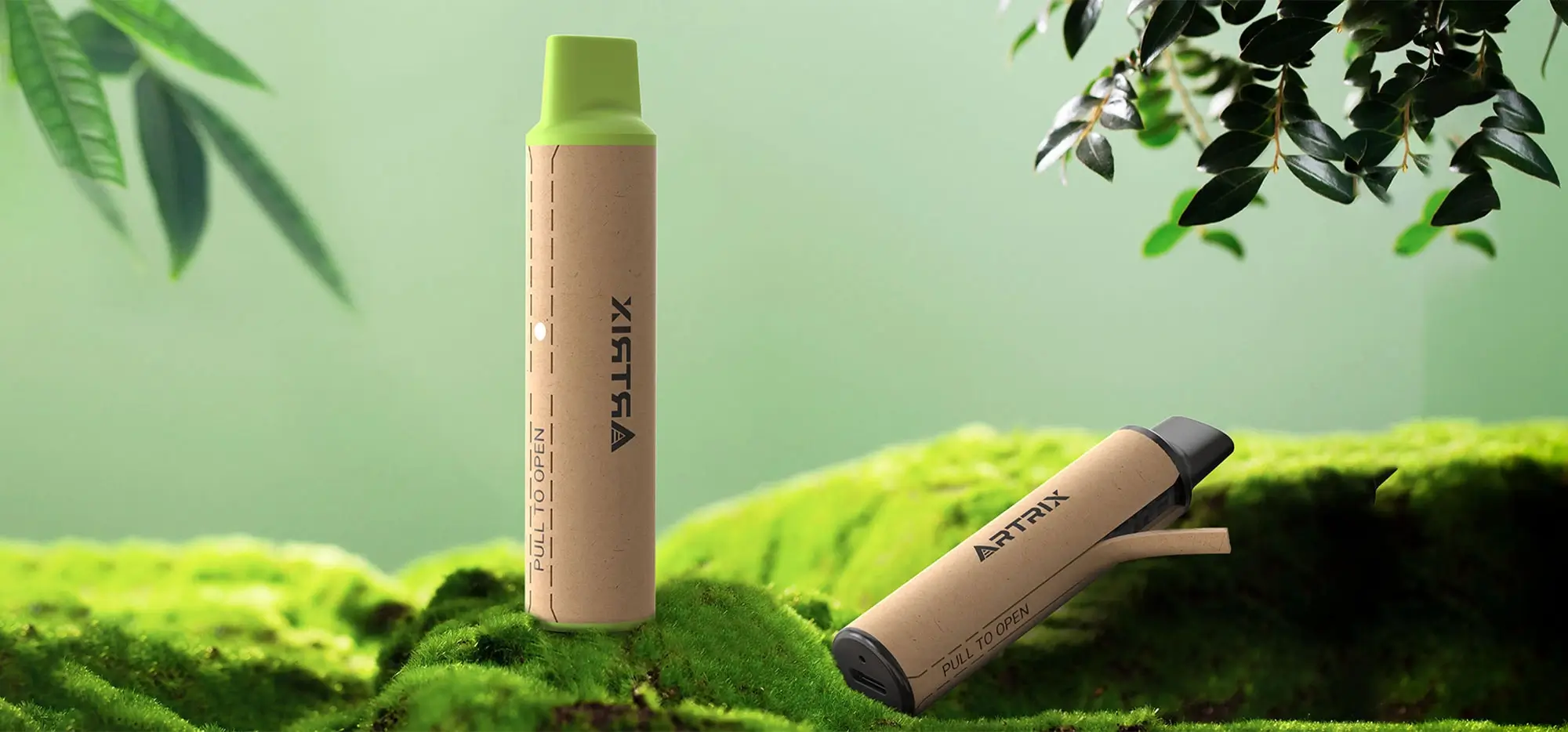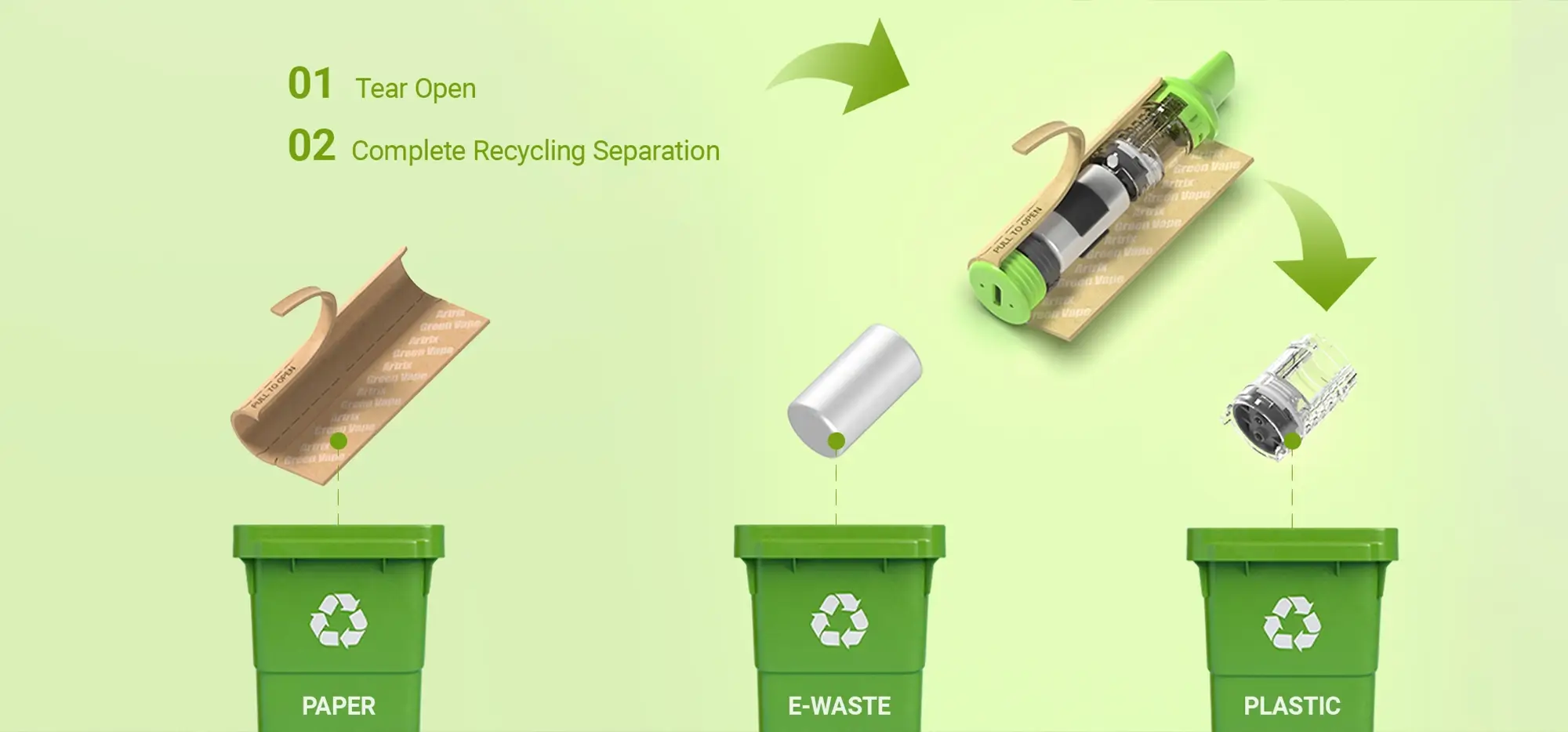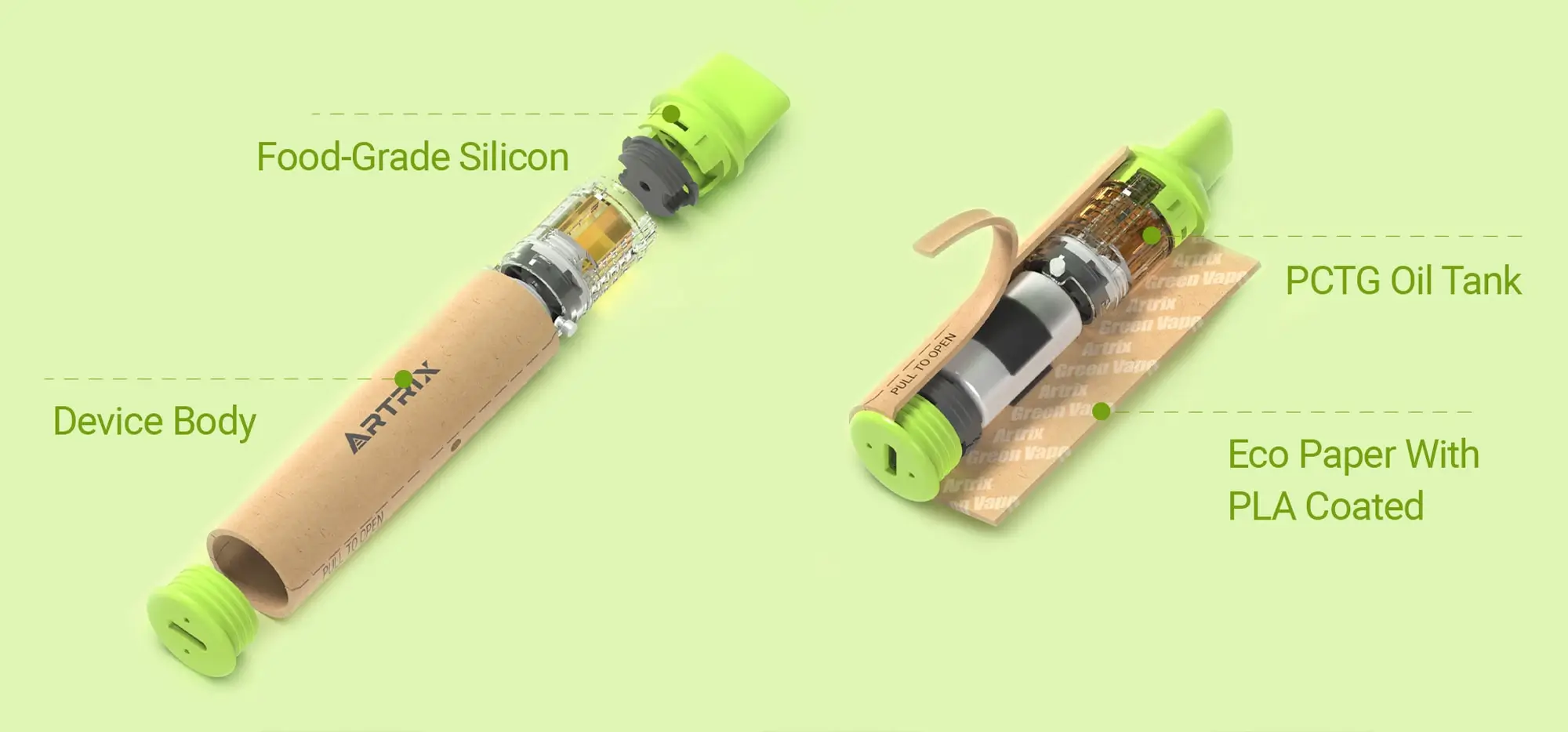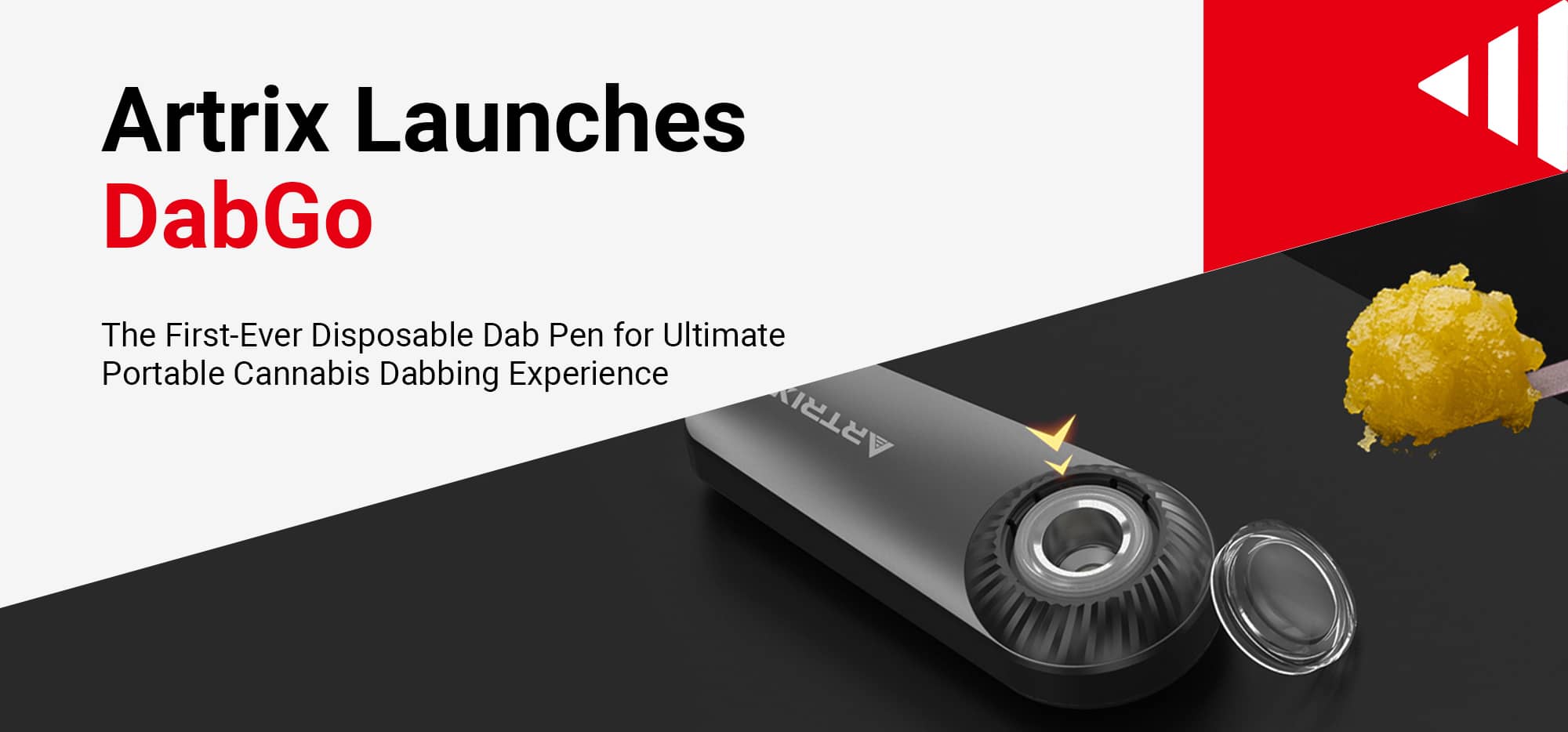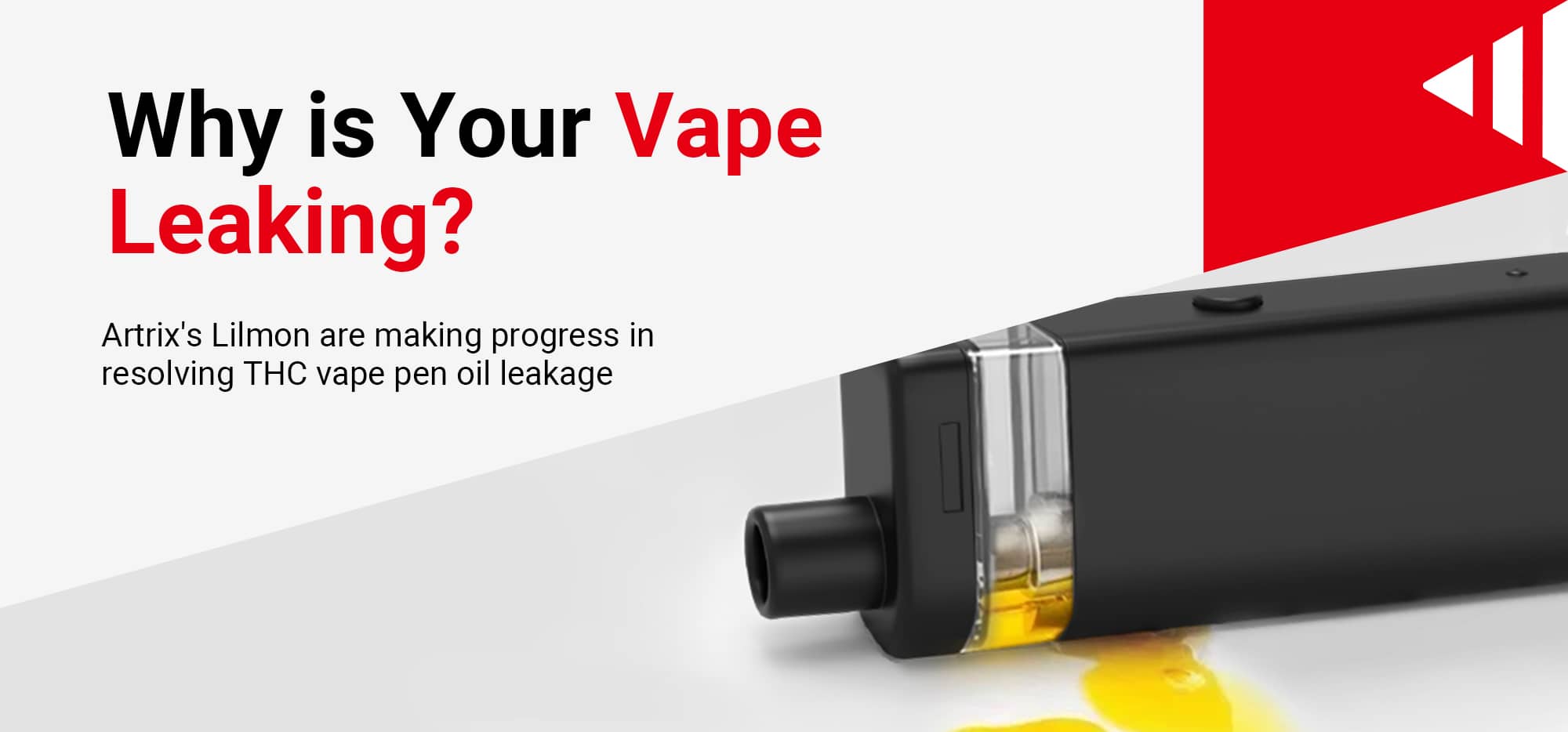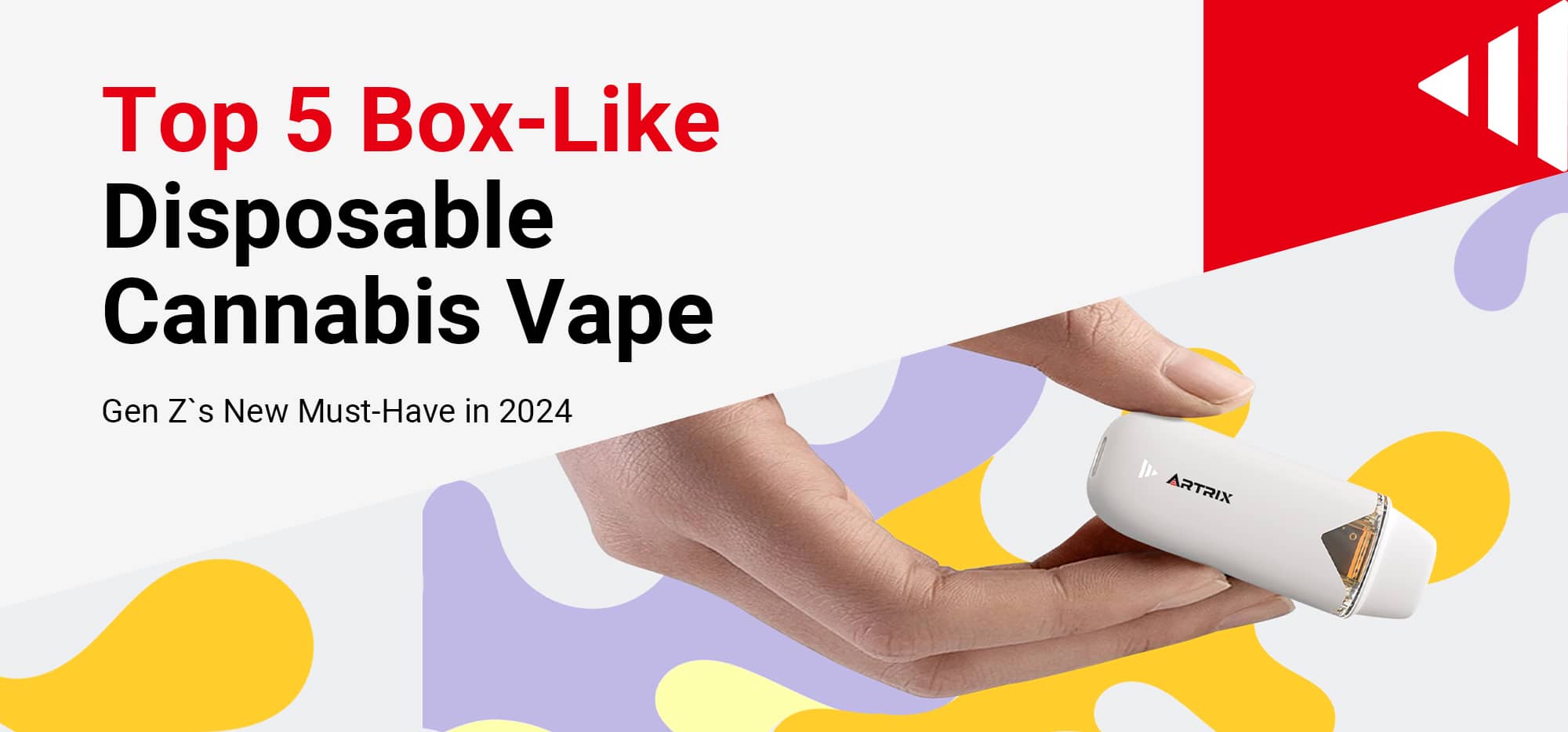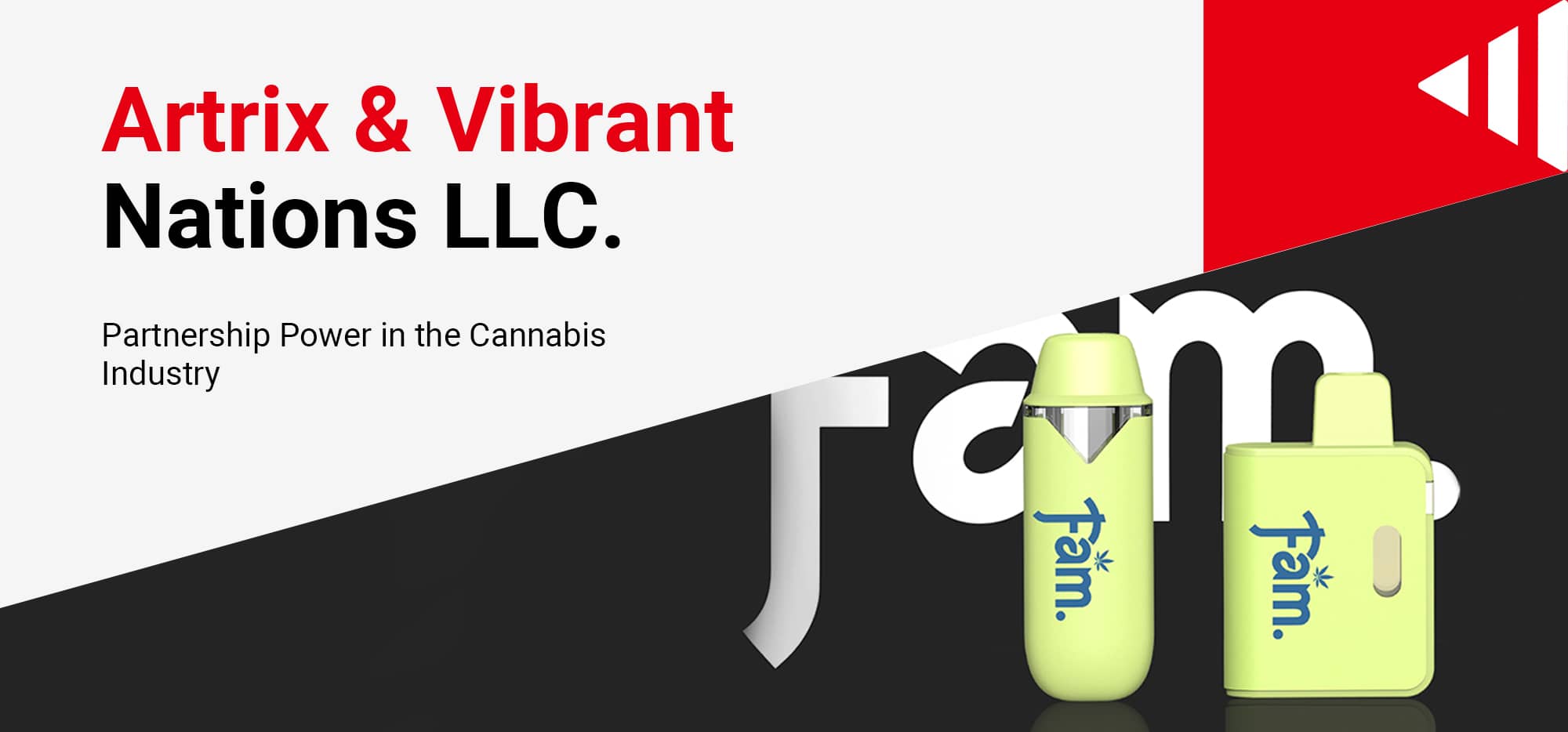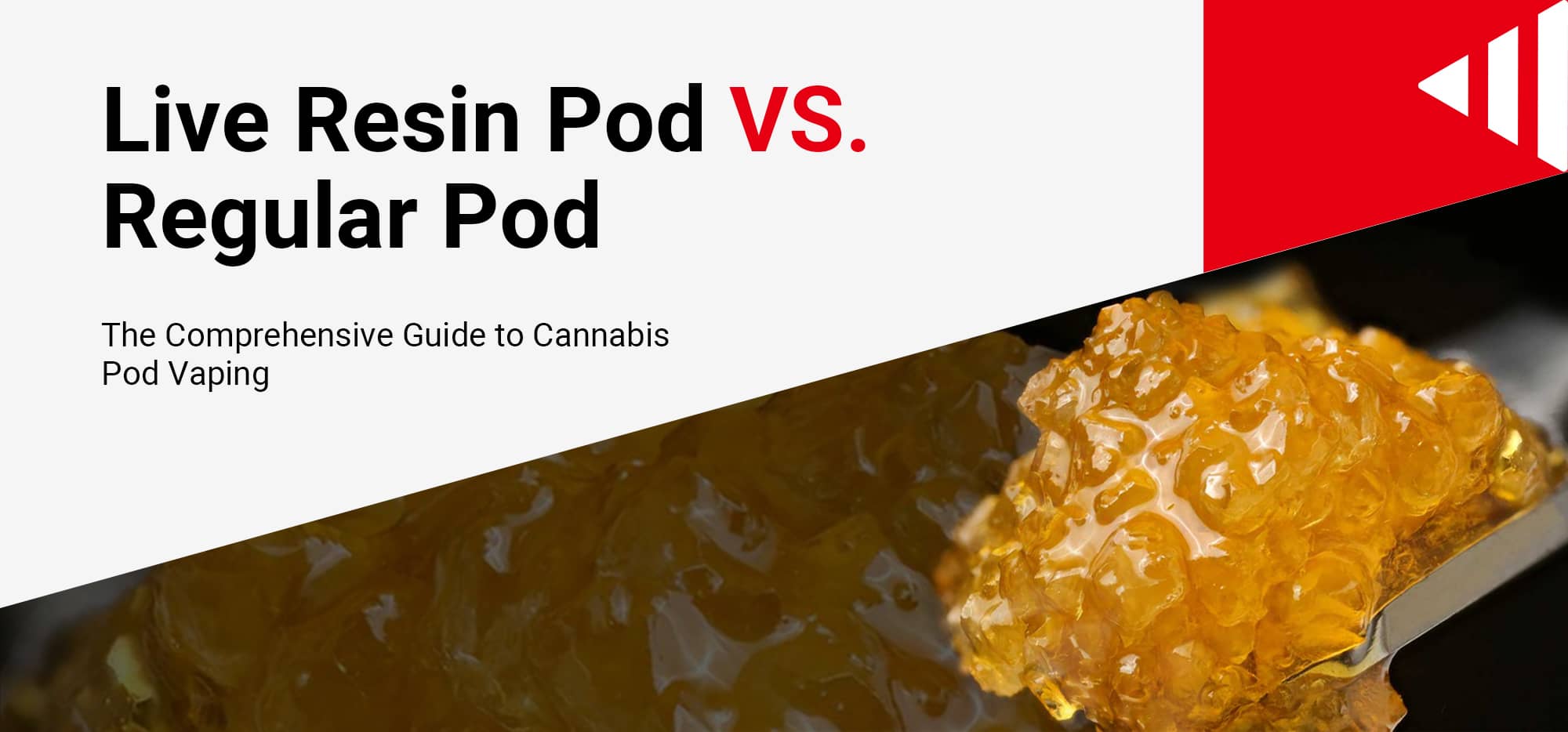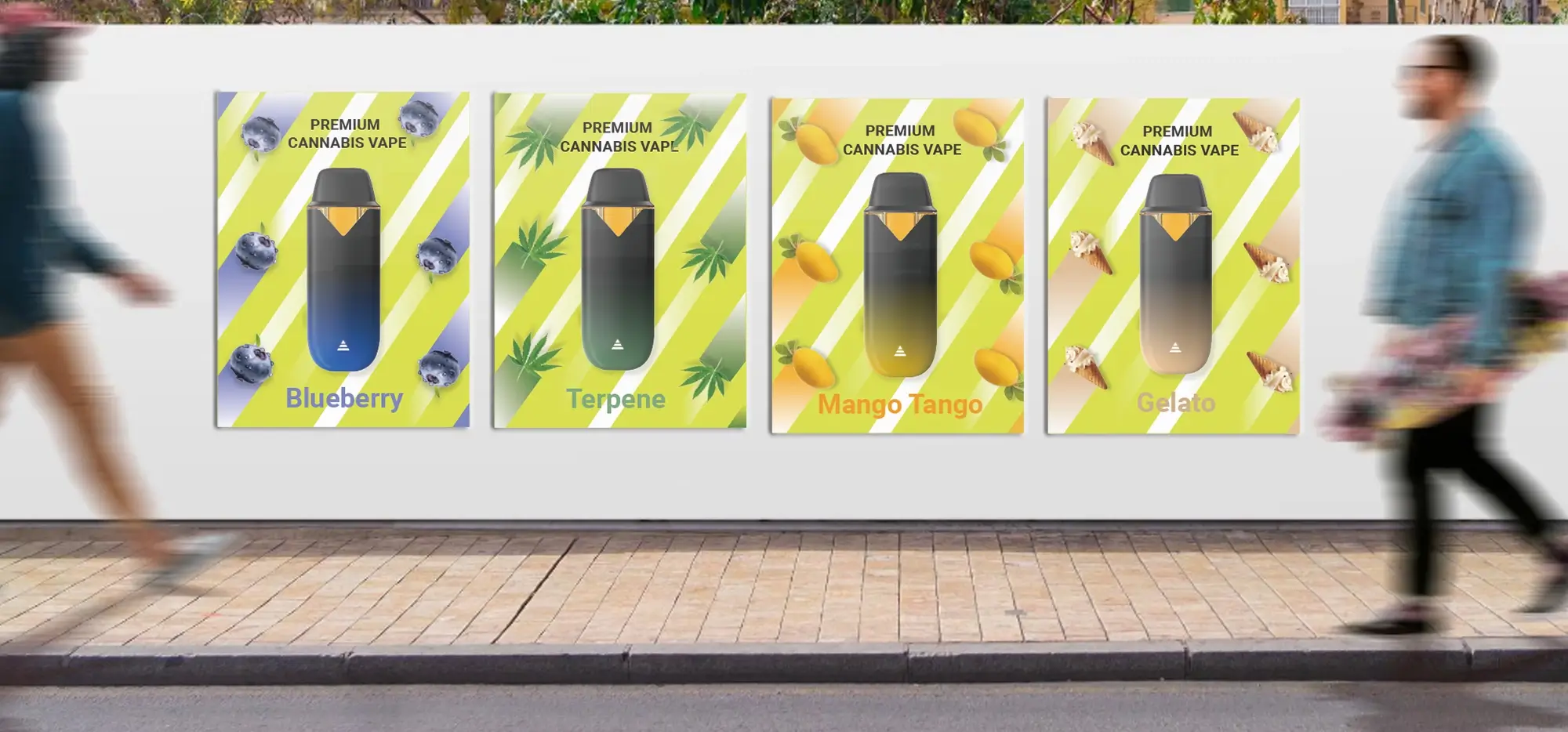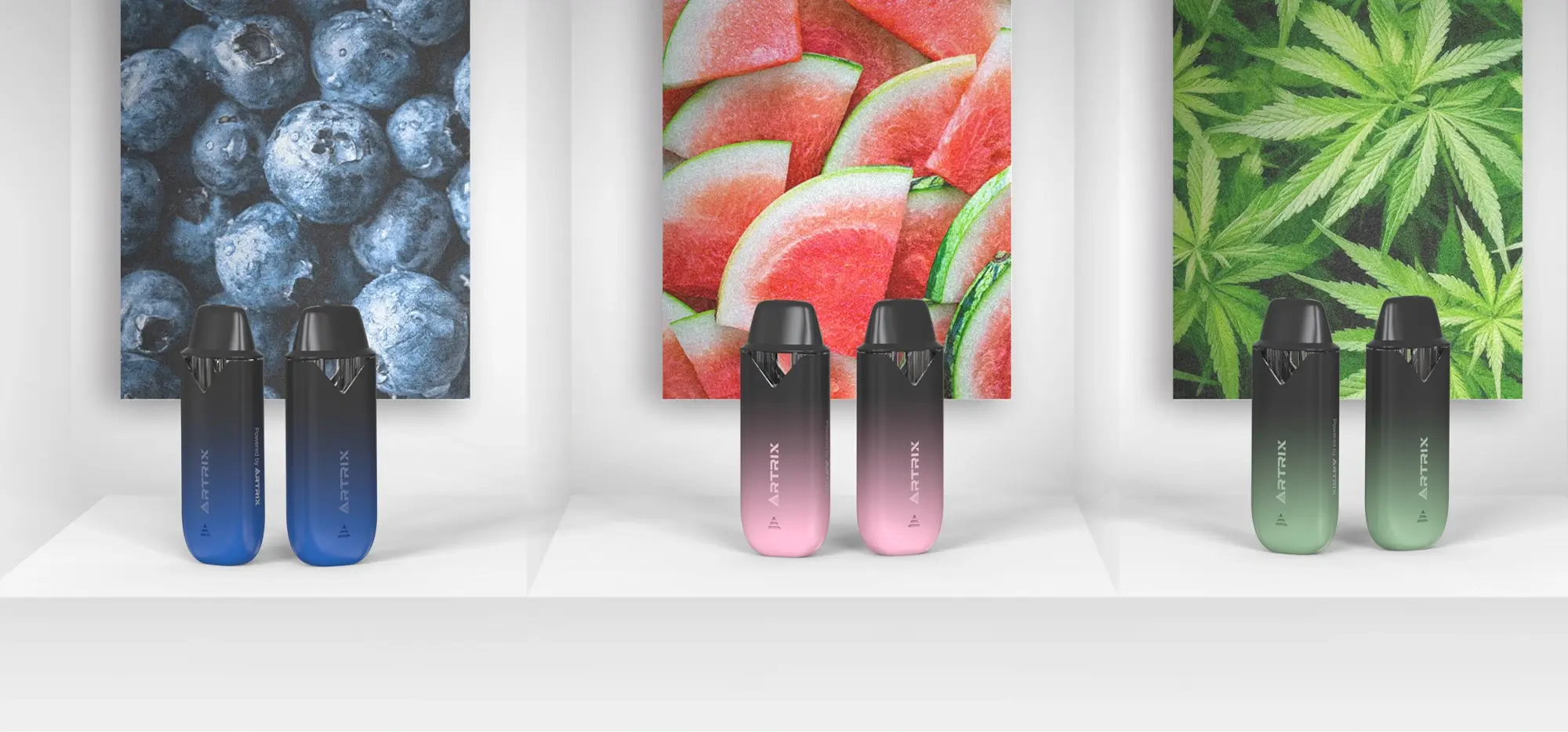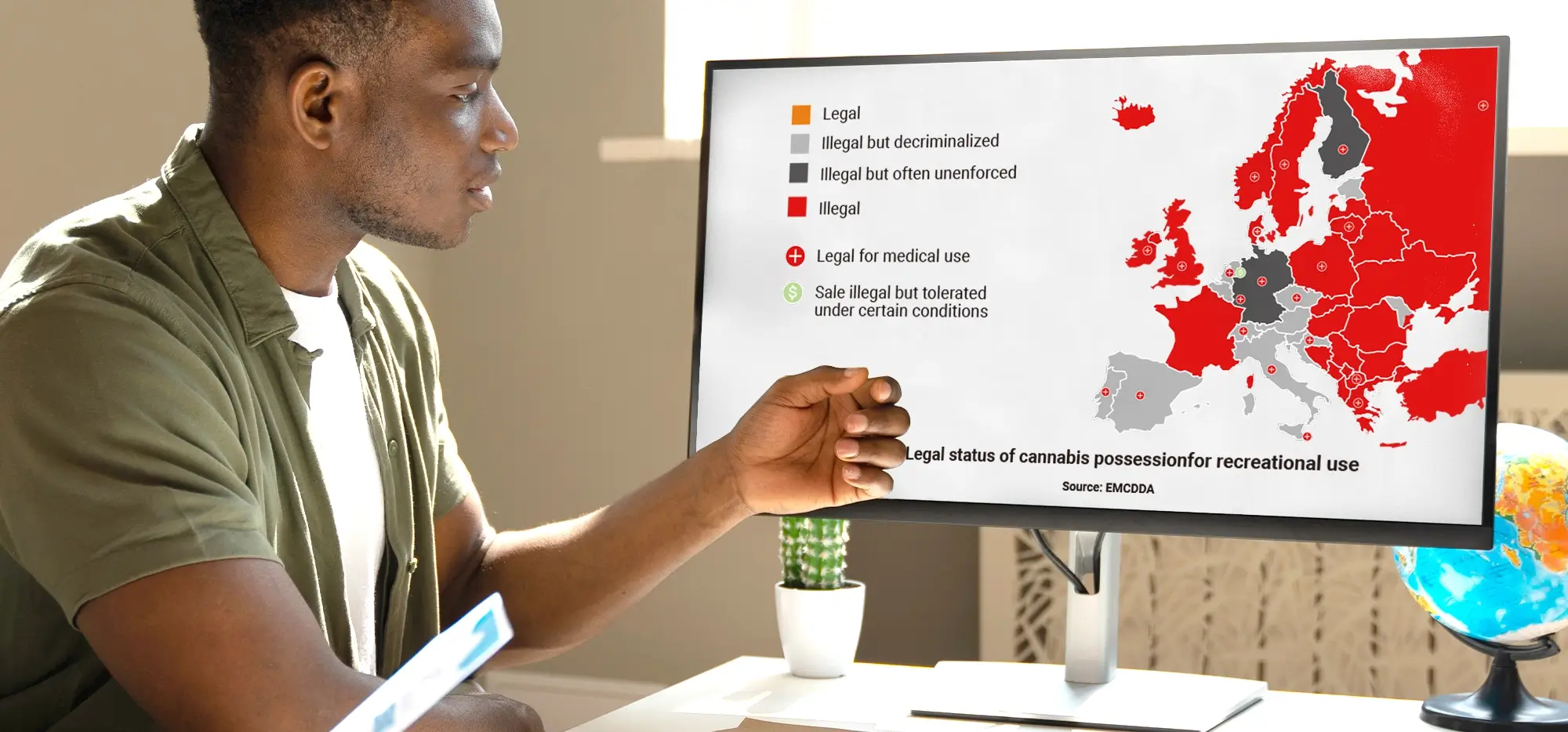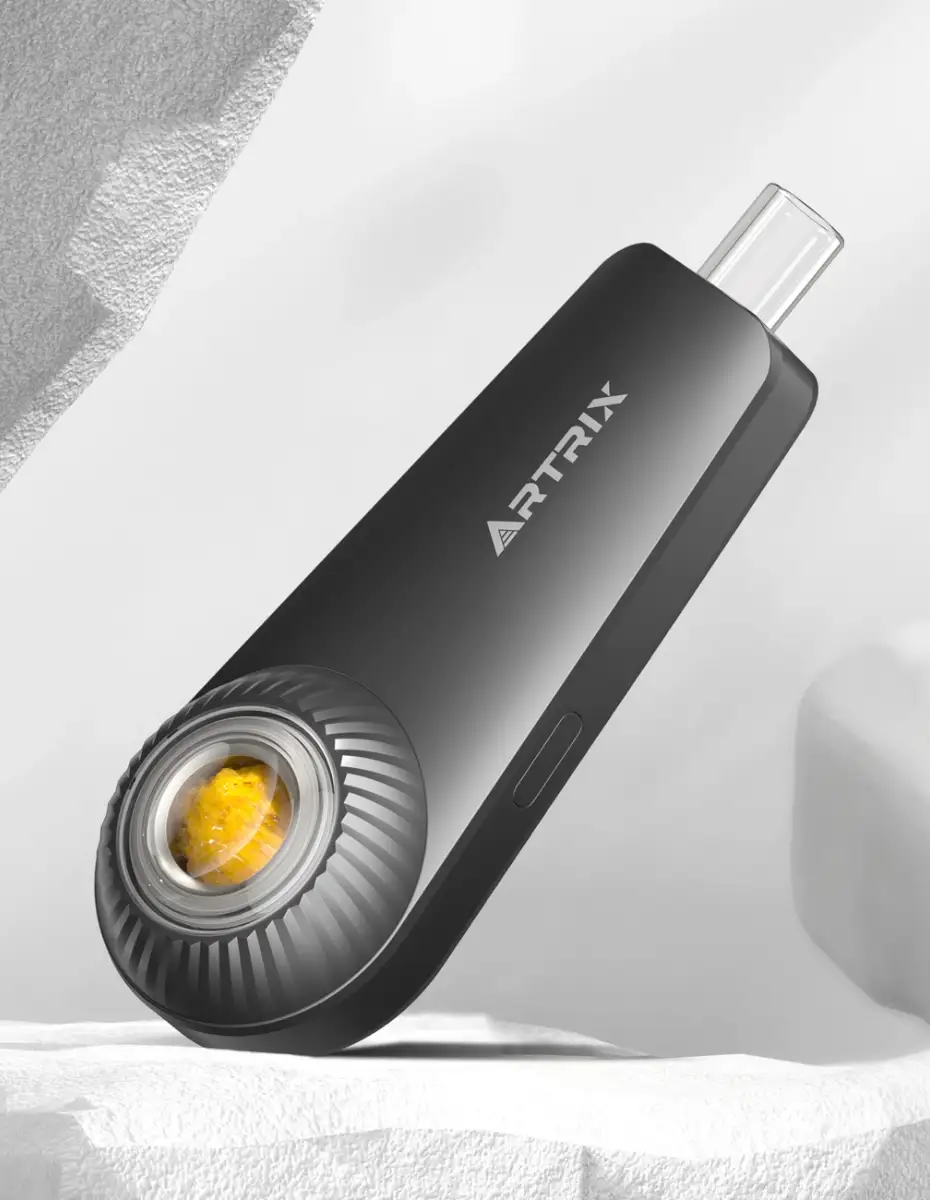How to Sober Up from Weed Fast?
If you’re reading this right now, chances are you’re feeling uncomfortably high and looking for immediate relief. Take a deep breath—you’re going to be okay. While there’s no magic button to instantly become sober, there are proven strategies that can help you feel better quickly and ride out the experience more comfortably.
Quick Relief First – Immediate Actions (What to Do RIGHT NOW)
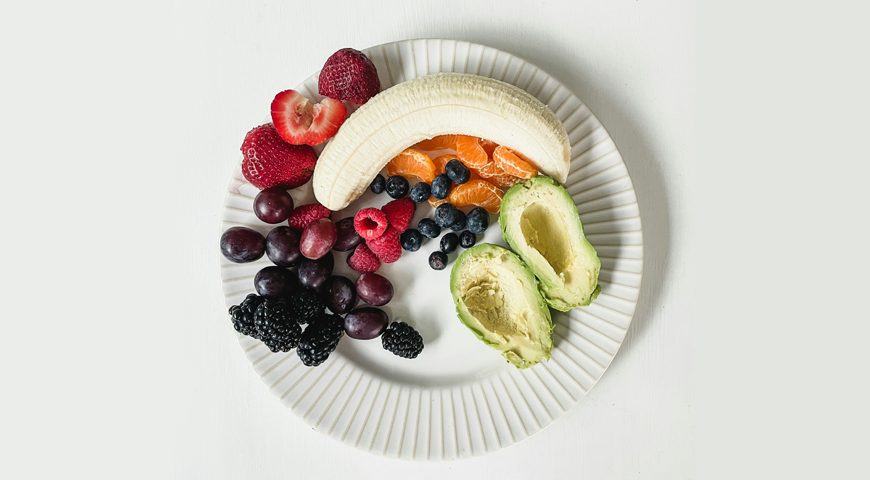
The 5-Minute Emergency Protocol
When you’re too high, every minute can feel like an hour. Here’s your immediate action plan that takes just five minutes to set in motion:
-
- – Step 1: Stop consuming immediately. Put down the joint, edible, or vape. No matter how much you’ve already consumed, adding more will only prolong and intensify the experience.
-
- – Step 2: Get cold water now. Fill a large glass with ice-cold water. Take small, deliberate sips. The cold sensation helps ground you in the present moment while combating dry mouth—one of the most uncomfortable symptoms of being too high.
-
- – Step 3: Find your safe space. Move to a quiet, comfortable room where you feel secure. This might be your bedroom, a cozy corner of your living room, or even a bathroom if you need privacy. The key is choosing somewhere familiar and calm.
-
- – Step 4: Take 5 deep breaths. Breathe in slowly through your nose for 4 counts, hold for 4 counts, then exhale through your mouth for 4 counts. This simple technique immediately slows your heart rate and signals your nervous system to calm down.
Fast-Acting Comfort Techniques
Once you’ve completed the emergency protocol, implement these quick comfort measures that many cannabis users swear by:
Sensory grounding with cold: Splash cold water on your face and wrists. The shock of cold temperature creates an immediate sensory reset. Many Reddit users report that chewing ice cubes provides instant relief—the combination of cold, texture, and the act of chewing gives your brain something concrete to focus on.
Change your environment: If you’re wearing tight or uncomfortable clothing, change into your softest pajamas or loosest sweatpants. Dim harsh lights or switch to soft lamp lighting. These small environmental changes signal to your body that it’s time to relax.
Gather these items within arm’s reach:
-
- – A large water bottle (refilled with cold water)
-
- – Light snacks (crackers, fruit, or simple cookies)
-
- – Your phone (fully charged or charging)
-
- – A soft blanket
-
- – Tissues (in case of tears or runny nose)
-
- – A bucket (just in case nausea hits)
Having everything nearby means you won’t have to get up repeatedly, which can trigger dizziness or anxiety.
Why There’s No Instant Fix?
Here’s the truth you need to hear: THC binds to receptors in your brain, and only time can fully clear it from your system. There’s no supplement, food, or trick that will instantly make you sober. However—and this is important—the techniques in this guide absolutely help manage your symptoms and make the experience far more bearable.
The good news? You WILL feel better soon. Most people report significant improvement within 30-60 minutes of implementing these strategies. The peak of your high has likely already passed or will pass soon, and from here, you’re on the downward slope back to normal.
Mental Strategies to Regain Control
The Mindset Shift That Changes Everything
The single most powerful tool you have is your mindset. Cannabis amplifies whatever you’re feeling, so fighting against the high creates a negative feedback loop that makes everything worse. Instead, try this reframing technique that countless users credit with turning bad highs around:
Instead of thinking “I’m too high, this is terrible,” tell yourself: “I’m just high. This is a temporary experience. I might as well try to enjoy it.”
This isn’t toxic positivity—it’s practical psychology. When you stop resisting the experience, your body stops producing stress hormones that intensify uncomfortable symptoms. One Reddit user described it perfectly: “The moment I stopped fighting it and said ‘okay, I’m just really stoned, let’s see where this goes,’ everything shifted from scary to manageable.”
Distraction Techniques That Actually Work
Your anxious brain needs something else to focus on, but not just anything will work. When you’re too high, complex movies or intense video games can increase anxiety. Instead, choose low-stakes, familiar content:
The comfort show strategy: Put on something you’ve seen before that makes you feel safe. Popular choices from Reddit include:
-
- – Regular Show (specifically recommended for bad highs)
-
- – painting videos
-
- – Nature documentaries
-
- – Cartoon comedies like Adventure Time or SpongeBob
-
- – YouTube compilations of cute animals
Simple engagement activities:
-
- – Scroll through light subreddits like r/aww or r/oddlysatisfying
-
- – Play simple, repetitive phone games like 2048 or Candy Crush
-
- – Listen to familiar music (avoid anything too intense or emotional)
-
- – Watch ASMR videos if you find them relaxing
-
- – Call a trusted friend who knows you use cannabis
The key is choosing something that requires minimal mental effort but keeps your mind occupied enough to stop spiraling.
Breathing Exercises to Stop the Spiral
When anxiety peaks, your breathing becomes shallow and rapid, which triggers more panic. These simple techniques break that cycle:
-
- – Breathe in through your nose for 4 counts
-
- – Hold your breath for 7 counts
-
- – Exhale through your mouth for 8 counts
-
- – Repeat 3-4 times
-
- – Breathe in for 4 counts
-
- – Hold for 4 counts
-
- – Breathe out for 4 counts
-
- – Hold empty for 4 counts
-
- – Repeat the box pattern
Anti-hyperventilation reminder: If you feel like you can’t catch your breath, you’re likely breathing too fast, not too slow. Force yourself to exhale completely before taking another breath. Count out loud if it helps: “One Mississippi, two Mississippi…”
Physical Remedies for Comfort
The Cold Water Method
Cold water isn’t just about hydration—it’s a powerful tool for managing cannabis-induced discomfort. Here’s how to maximize its benefits:
Drinking technique: Don’t gulp water frantically. Take small, deliberate sips. Hold each sip in your mouth for a moment, focusing on the cold sensation before swallowing. This mindful drinking serves two purposes: it keeps you hydrated and gives your brain a simple, repetitive task to focus on.
Ice cube meditation: Take an ice cube and hold it in your hand. Focus entirely on the sensation—the cold, the wetness as it melts, the slight discomfort. This technique, called sensory grounding, pulls your awareness out of your head and into your body. When one hand gets too cold, switch to the other.
The cold shower option: If you feel stable enough to stand, a cold shower can work wonders. Start with lukewarm water and gradually make it cooler. The temperature shock releases endorphins and essentially “resets” your nervous system. Even just running cold water over your wrists at the sink can help.
Many users report that focusing on the physical sensation of cold provides immediate relief from racing thoughts and anxiety. One Reddit user noted: “The ice cube trick saved me. It was like my brain couldn’t panic and focus on the cold at the same time.”
Strategic Eating for Relief
While no food will make you instantly sober, strategic eating can significantly improve how you feel:
Best foods for relief:
-
- – Simple carbohydrates: Plain crackers, toast, or pretzels. These are easy to digest and can help stabilize blood sugar.
-
- – Fresh fruit: Watermelon, oranges, or grapes provide hydration and natural sugars. The act of peeling an orange can also be grounding.
-
- – Light proteins: A small amount of cheese or yogurt can help you feel more stable without overwhelming your system.
The black pepper remedy: This isn’t just an internet myth. Black peppercorns contain beta-caryophyllene, a terpene that may reduce THC-induced anxiety. Simply sniff freshly ground black pepper or chew on 2-3 peppercorns. Even if the science isn’t definitive, the strong sensory experience can help ground you.
Lemon water trick: Squeeze fresh lemon into your water. The citrus contains limonene, another terpene that may counteract THC effects. Plus, the tart flavor provides sensory stimulation that can help you feel more alert.
What to avoid:
-
- – Heavy, greasy foods that might increase nausea
-
- – Caffeine, which can increase anxiety and heart rate
-
- – Alcohol, which will intensify the high and impair judgment further
-
- – Sugary junk food binges that lead to a crash later
Creating Your Recovery Nest
Your environment profoundly impacts how you experience being high. Create a cozy, safe space that signals to your nervous system that you’re secure:
The bed setup: Make your bed the ultimate comfort zone. Arrange pillows so you can sit up or lie down easily. Have multiple blankets available—being too high can cause temperature fluctuations, and you might feel hot one minute and cold the next.
Lighting matters: Harsh overhead lights can increase anxiety. Use:
-
- – Soft lamp lighting
-
- – String lights
-
- – Candles (battery-operated if you’re worried about safety)
-
- – Phone screens on night mode
Sound environment:
-
- – Play white noise or rain sounds if silence feels overwhelming
-
- – Keep TV volume low but audible
-
- – Have headphones ready if you need to block out environmental noise
Creating this “nest” serves a psychological purpose too—it’s an act of self-care that reminds you that you’re in control of your environment, even if you don’t feel in control of your high.
What’s Actually Happening (And Why You’re Safe)
Understanding Your High
Knowing what’s happening in your body can reduce fear and help you feel more in control. When you consume cannabis, THC binds to cannabinoid receptors in your brain, particularly in areas controlling:
-
- – Mood and anxiety (why you might feel paranoid)
-
- – Time perception (why minutes feel like hours)
-
- – Motor control (why you feel clumsy)
-
- – Memory formation (why you might feel confused)
Modern cannabis is significantly stronger than it was even a decade ago. Average THC content has increased from about 4% in the 1990s to 15-25% today, with some concentrates reaching 80-90%. This means even experienced users can accidentally overconsume.
The good news: Your body has built-in systems to process and eliminate THC. Your liver is already breaking it down, and your endocannabinoid system will return to baseline. This isn’t a permanent state—it’s a temporary chemical experience that will pass.
Symptoms That Feel Scary But Aren’t Dangerous
These symptoms can feel overwhelming but are normal parts of being too high:
-
- – Racing heart: Cannabis can increase heart rate by 20-50 beats per minute. While uncomfortable, this isn’t dangerous for healthy individuals. Your heart can safely handle this temporary increase.
-
- – Time distortion: When five minutes feels like an hour, it’s just your altered perception. Use a timer or clock to ground yourself in real time.
-
- – Paranoia and anxiety: THC can trigger your brain’s threat detection system. Remember: the danger isn’t real. No one is watching you, everyone isn’t talking about you, and that weird sound is probably just the refrigerator.
-
- – Dry mouth (cottonmouth): Cannabis reduces saliva production. While uncomfortable, it’s harmless and easily managed with water.
-
- – Feeling like you can’t breathe: This is anxiety, not a breathing problem. If you can talk, you can breathe. Focus on slow, deliberate exhales.
-
- – Temperature fluctuations: Feeling hot and cold is normal. Layer blankets so you can adjust easily.
-
- – Mild hallucinations: Seeing patterns, enhanced colors, or peripheral movement is common with high doses. These visual distortions are temporary.
-
- – The “I’m going to die” feeling: This is perhaps the most common symptom of being too high. Here’s the crucial fact: There has never been a recorded fatal overdose from cannabis alone. Not one. Your body doesn’t have enough cannabinoid receptors in the brainstem (which controls vital functions) for cannabis to be fatal.
When the High Will Actually End
Understanding realistic timelines helps you mentally prepare:
If you smoked or vaped:
-
- – Onset: Within seconds to minutes
-
- – Peak: 30-60 minutes after consumption
-
- – Coming down: 1-3 hours
-
- – Fully sober: 2-4 hours (though you might feel foggy for longer)
If you ate edibles:
-
- – Onset: 30 minutes to 2 hours
-
- – Peak: 2-4 hours after consumption
-
- – Coming down: 4-8 hours
-
- – Fully sober: 6-12 hours (sometimes longer with high doses)
Factors that affect duration:
-
- – Your metabolism (faster metabolism = shorter high)
-
- – Your tolerance (regular users process THC more efficiently)
-
- – How much you consumed
-
- – THC concentration
-
- – Whether you ate beforehand (empty stomach = more intense but shorter)
The CBD Solution and Other Helpers
Using CBD as a THC Antidote
CBD (cannabidiol) is THC’s calmer cousin, and research suggests it can counteract some of THC’s anxiety-inducing effects. Here’s how to use it effectively:
How CBD helps: CBD partially blocks the receptors that THC binds to, potentially reducing paranoia and anxiety without eliminating the high entirely. Think of it as turning down the volume rather than hitting mute.
Dosing for relief:
-
- – Sublingual oil: 25-50mg held under tongue for 60 seconds
-
- – CBD vape: Effects within minutes, start with a few puffs
-
- – CBD edibles: Take 25-50mg, but note it takes 30-60 minutes to work
Where to get it quickly:
-
- – Many gas stations and convenience stores now carry CBD
-
- – Health food stores and vitamin shops
-
- – Some pharmacies
Realistic expectations: CBD isn’t a magic off-switch. Some people experience significant relief, while others notice minimal difference. It’s most effective when combined with other strategies in this guide.
If you regularly use cannabis, consider keeping CBD on hand for future incidents. Many users report that having it available reduces anxiety just knowing there’s a “safety net.”
Over-the-Counter Options
While no OTC medication will make you sober, some may help with specific symptoms:
Ibuprofen: A 2013 study found that anti-inflammatory drugs might reduce THC’s effects. Take 200-400mg if you don’t have contraindications. Some users report it helps with the “head high” feeling.
Antihistamines: Benadryl (diphenhydramine) might help if you want to sleep it off, but be cautious—it can also increase grogginess and confusion.
Antacids: If nausea is your main issue, Tums or Pepto-Bismol might provide relief.
What to avoid:
-
- – Caffeine pills or energy drinks (increase anxiety)
-
- – Alcohol (intensifies impairment)
-
- – More cannabis to “balance out” (makes it worse)
-
- – Driving to the pharmacy (never drive while high)
Prevention for Next Time
The “Start Low, Go Slow” Rule
Once you’re feeling better, it’s worth planning how to avoid this situation again:
Dosing guidelines:
-
- – Flower/joints: Take one small hit and wait 15 minutes before more
-
- – Edibles: Start with 2.5-5mg THC, wait 2 full hours before redosing
-
- – Vapes: One 3-second pull, then wait 15 minutes
-
- – Concentrates: Unless experienced, avoid entirely or use rice grain-sized amounts
Always err on the side of taking less. You can always take more, but you can’t take less once it’s consumed.
Choosing Safer Products
Not all cannabis products are created equal when it comes to anxiety and overconsumption risk:
Lower-risk options:
-
- – High CBD strains: Look for 1:1 or 2:1 CBD:THC ratios
-
- – Products under 15% THC: Modern cannabis can exceed 25% THC—that’s unnecessarily strong for most people
-
- – Indica-dominant strains: Generally more relaxing than sativas
-
- – Lab-tested products: Know exactly what you’re consuming
Higher-risk products to avoid if prone to anxiety:
-
- – Concentrates (dabs, shatter, wax)
-
- – High-THC vape cartridges
-
- – Homemade edibles with unknown potency
-
- – Sativa strains known for cerebral effects
-
- – Anything over 20% THC
Reading labels effectively:
-
- – Look for total THC content, not just THC percentage
-
- – Check for CBD content—even 1-2% can help
-
- – Note serving sizes on edibles
-
- – Understand onset times for different products
Warning Signs and When to Get Help
Symptoms That Need Medical Attention
While cannabis overdose isn’t fatal, certain symptoms warrant medical attention:
Call 911 or go to the ER if you experience:
-
- – Chest pain or pressure that doesn’t subside
-
- – Difficulty breathing that worsens
-
- – Persistent vomiting (risk of dehydration)
-
- – Extreme confusion or loss of consciousness
-
- – Seizures (very rare but possible)
-
- – Suicidal thoughts or self-harm urges
-
- – Symptoms lasting over 24 hours
Recognizing Problematic Patterns
If you frequently find yourself too high despite trying to moderate, it might be time to reassess your relationship with cannabis:
Warning signs to consider:
-
- – Regularly consuming more than intended
-
- – Frequent “bad highs” or anxiety
-
- – Increasing tolerance requiring higher doses
-
- – Using cannabis to cope with all stress
-
- – Neglecting responsibilities due to use
-
- – Failed attempts to cut back
-
- – Continuing despite negative consequences
Resources for help:
-
- – SAMHSA National Helpline: 1-800-662-4357
-
- – Therapy with addiction specialists
-
- – Harm reduction programs
-
- – Medical marijuana doctors for proper dosing
-
- – Online support communities
There’s no shame in recognizing that cannabis isn’t working for you or that you need help managing your use.
Final Thoughts
If you’re reading this while high and uncomfortable, here’s what you need to remember:
-
- – This will pass. No matter how intense it feels right now, you will return to normal.
-
- – You’re not in danger. Cannabis cannot fatally overdose you. Your body knows how to process it.
-
- – Many people have been where you are. You’re not alone, and you’re not the first person to get too high.
-
- – It’s okay to learn from this. Use this experience to understand your limits better.
-
- – Be kind to yourself. Don’t add self-judgment to an already uncomfortable experience.
The most important thing you can do right now is accept where you are, implement the comfort strategies that resonate with you, and trust that time will bring you back to baseline. Whether that’s in one hour or six, you will get through this.
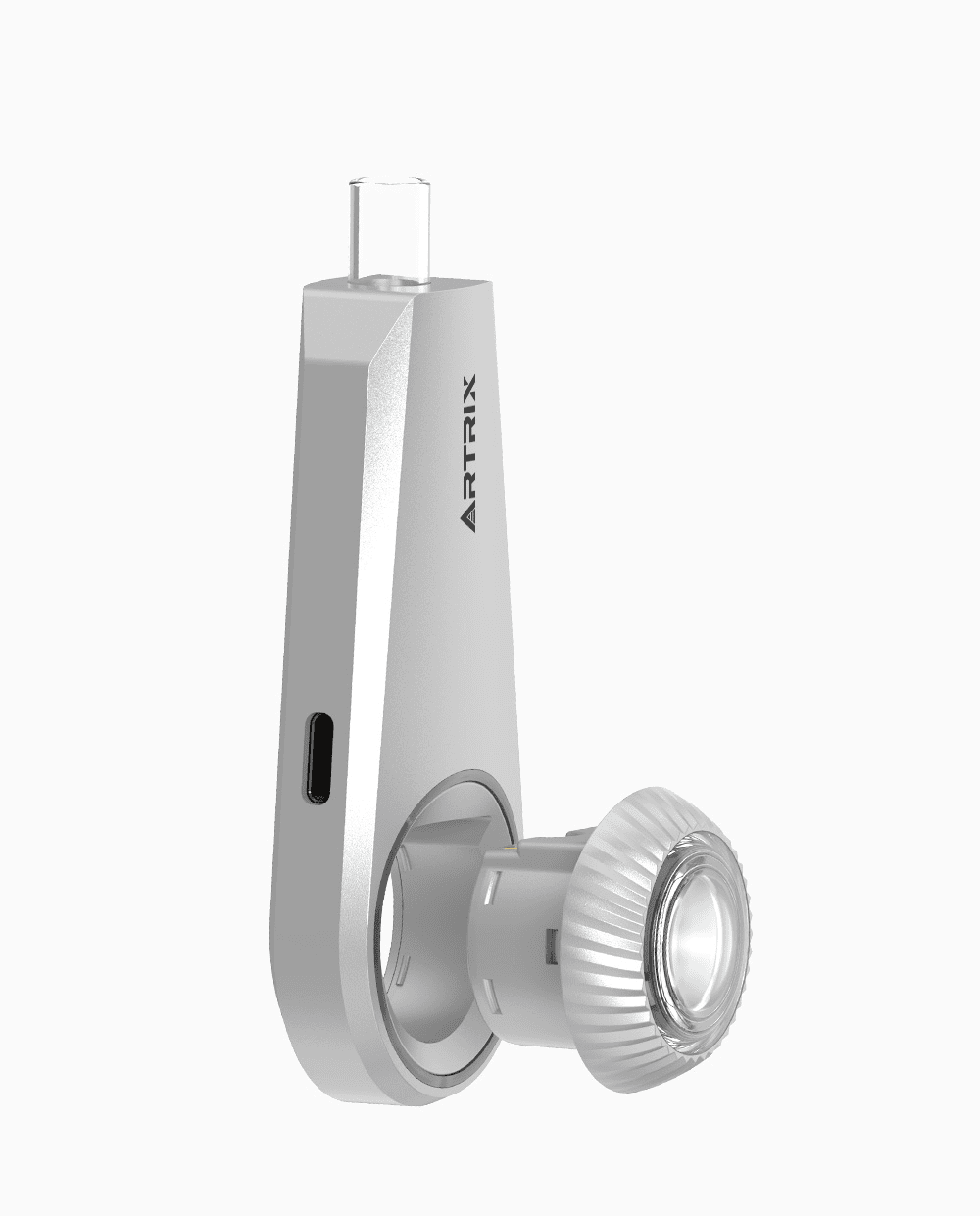
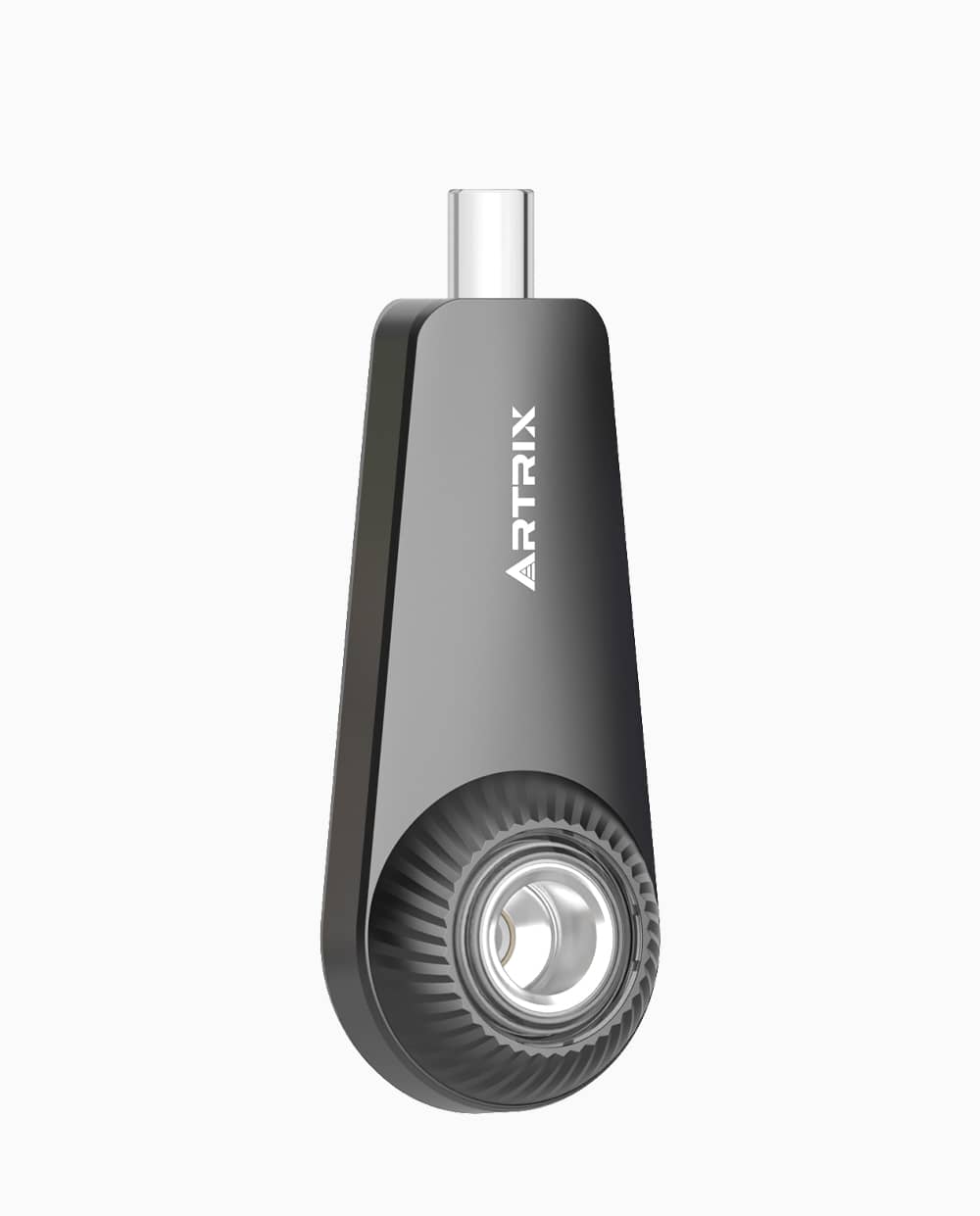
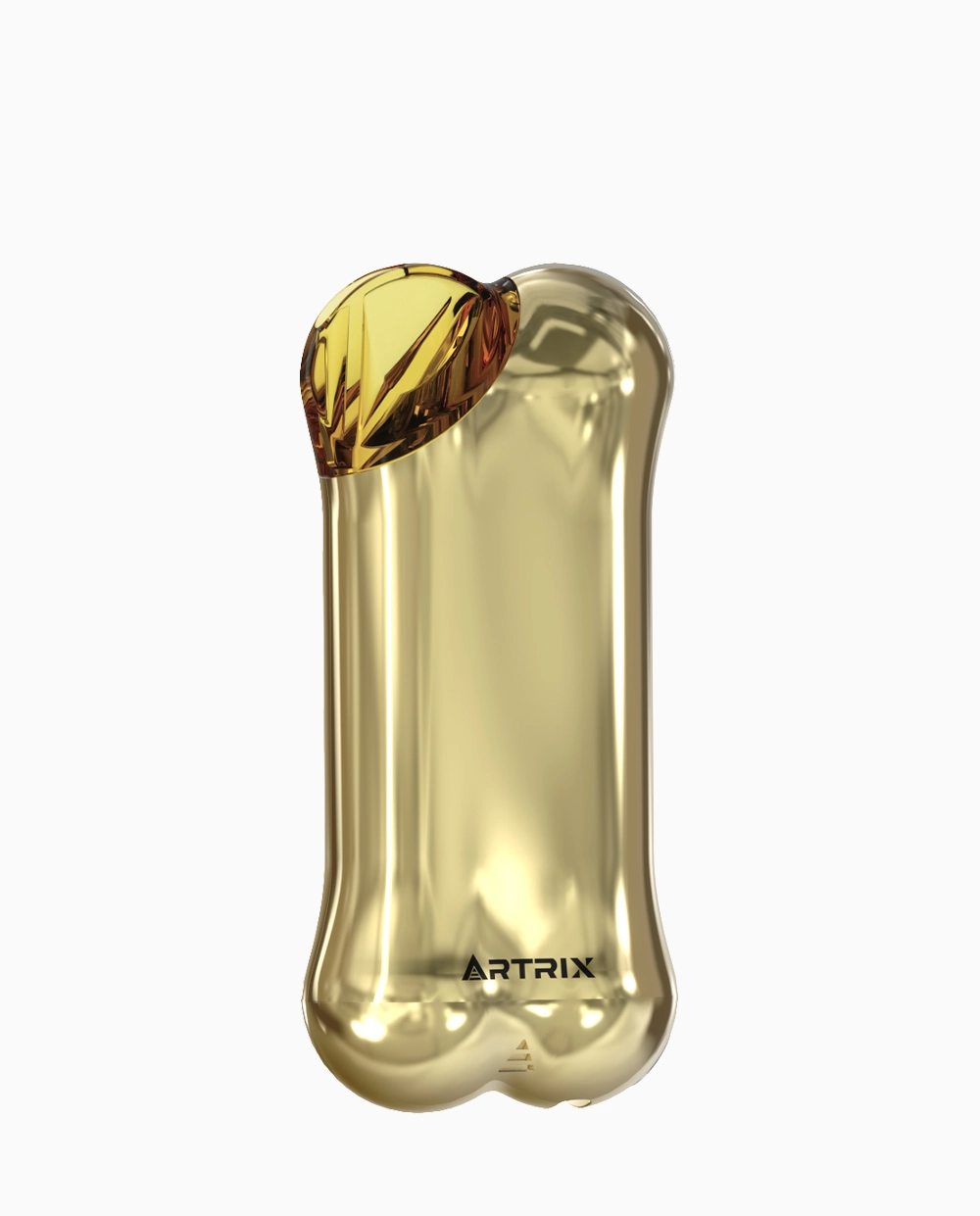
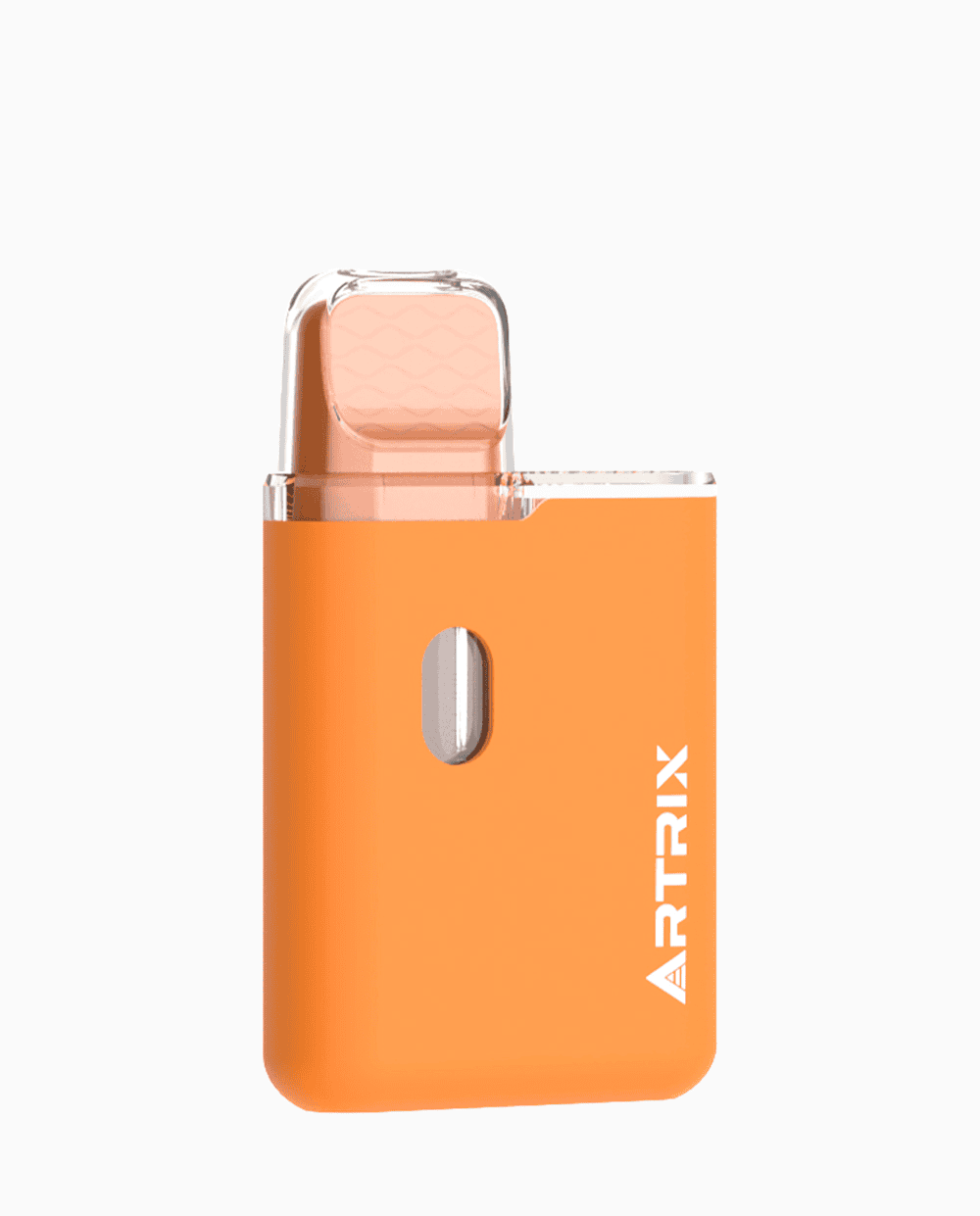
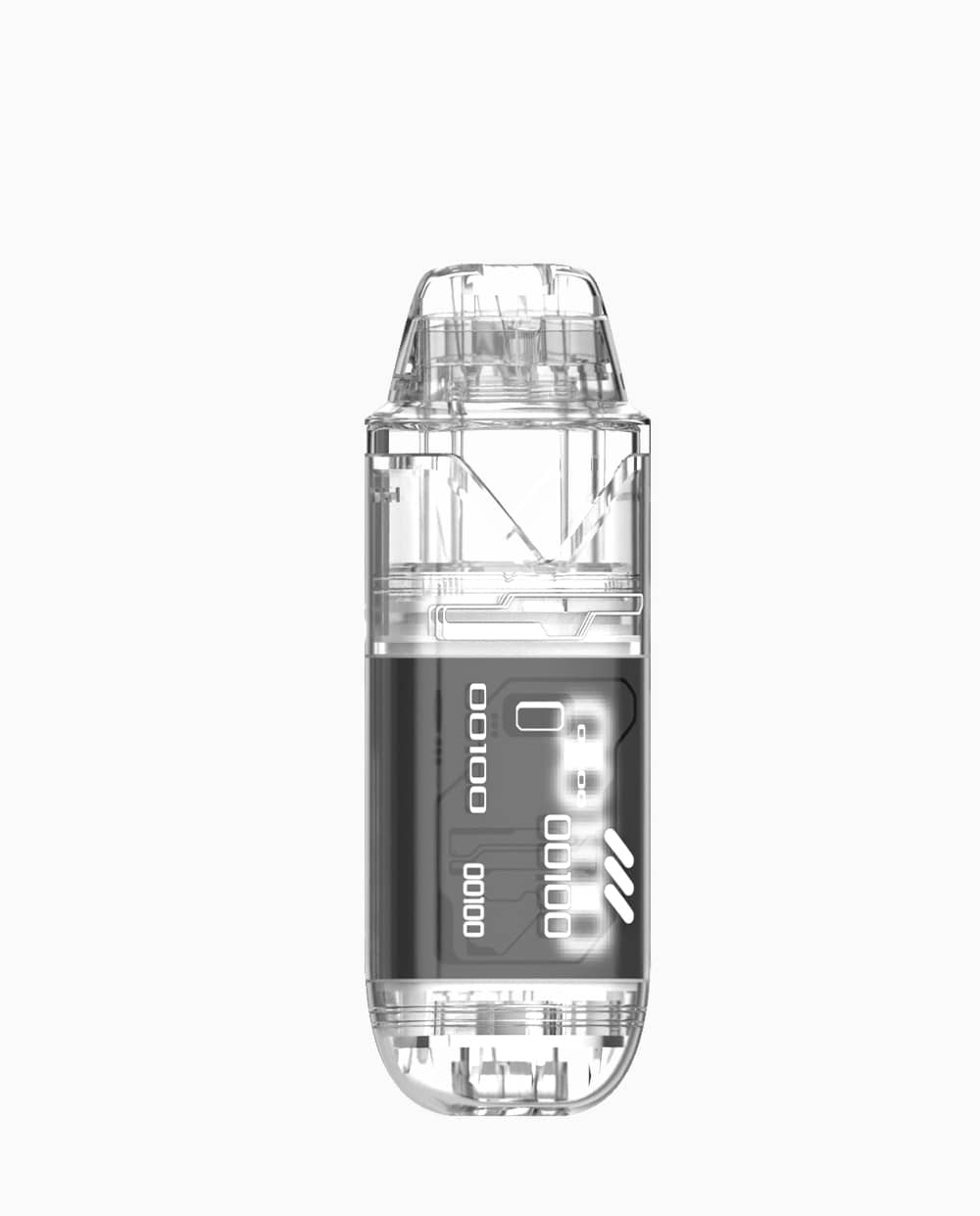
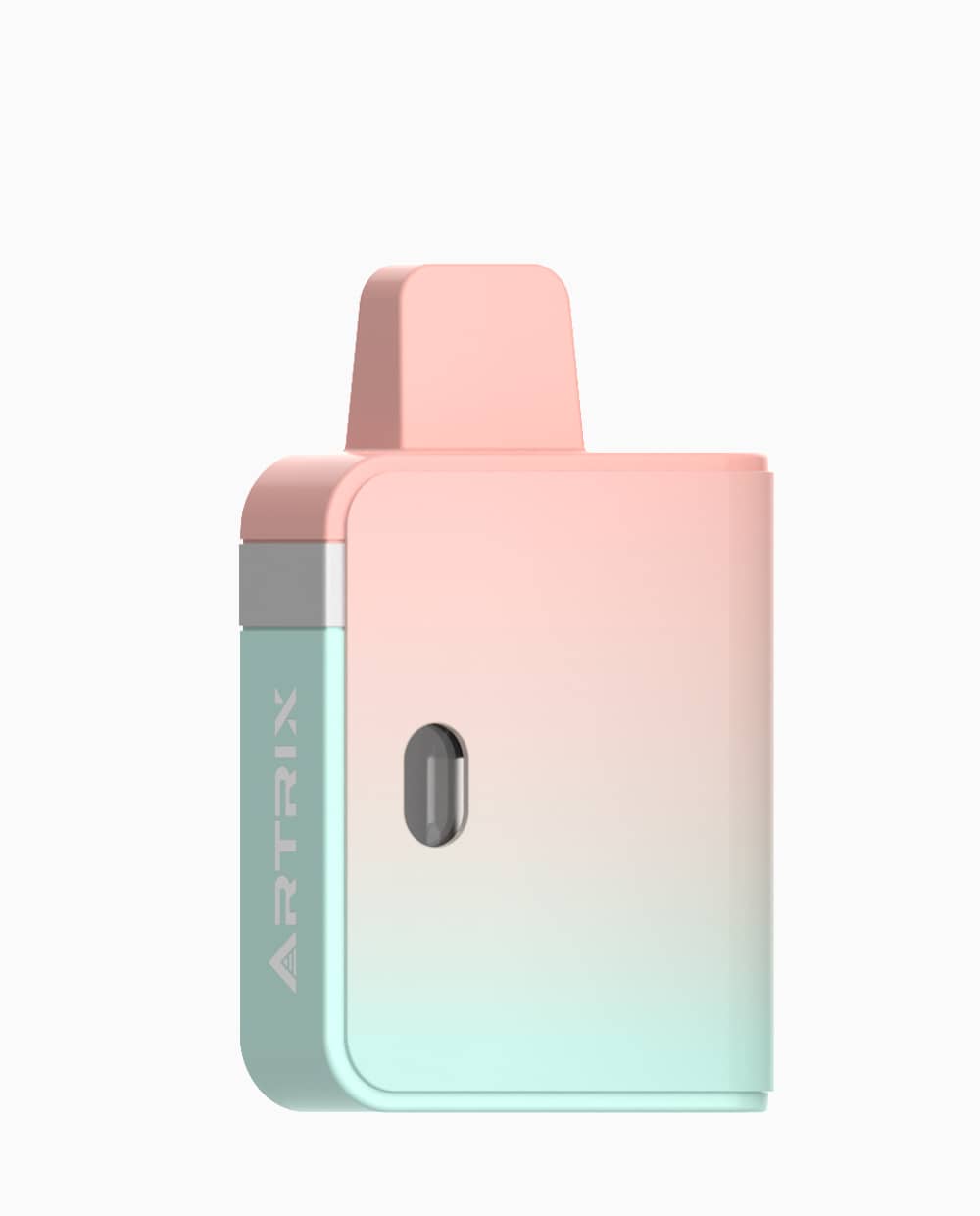
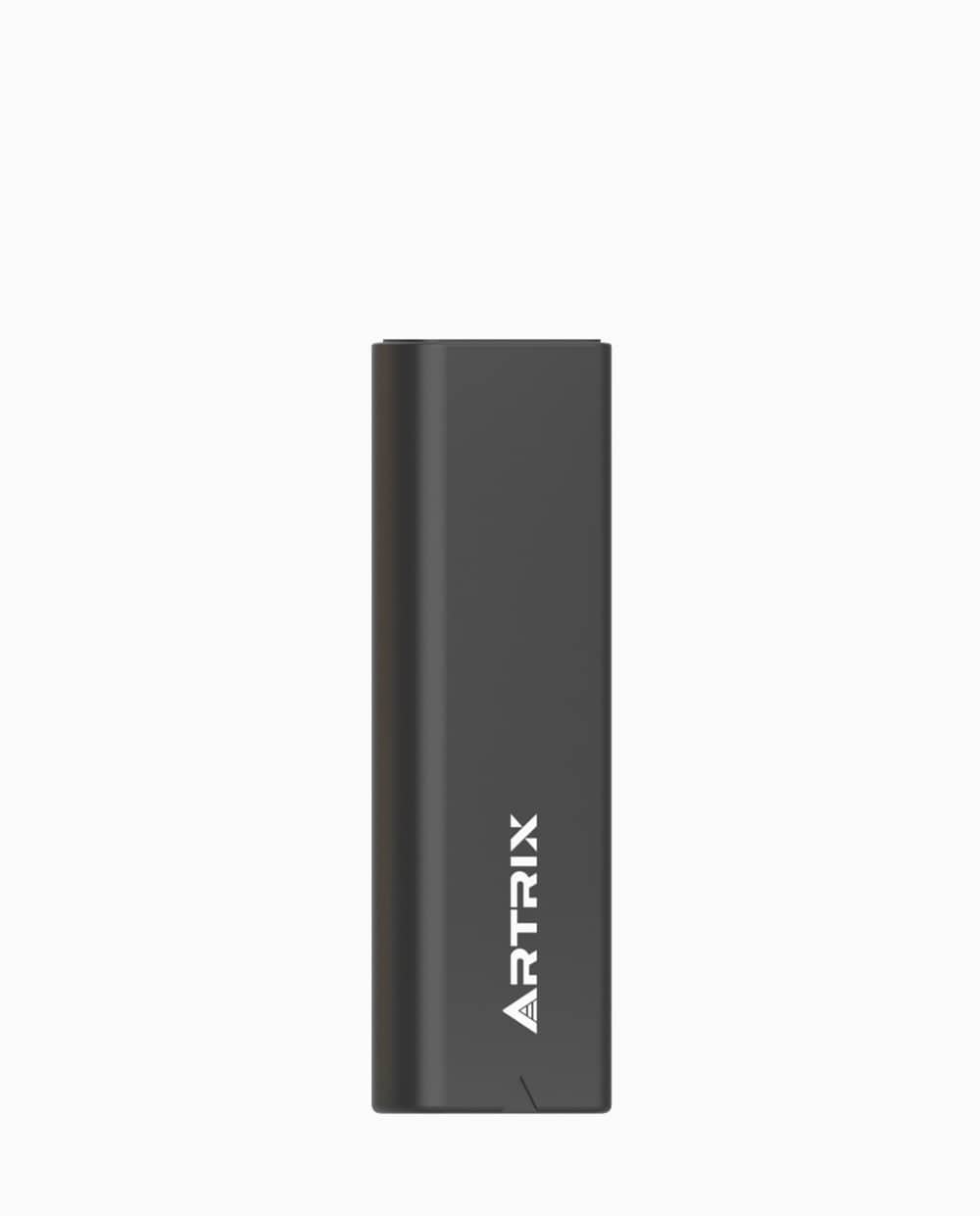
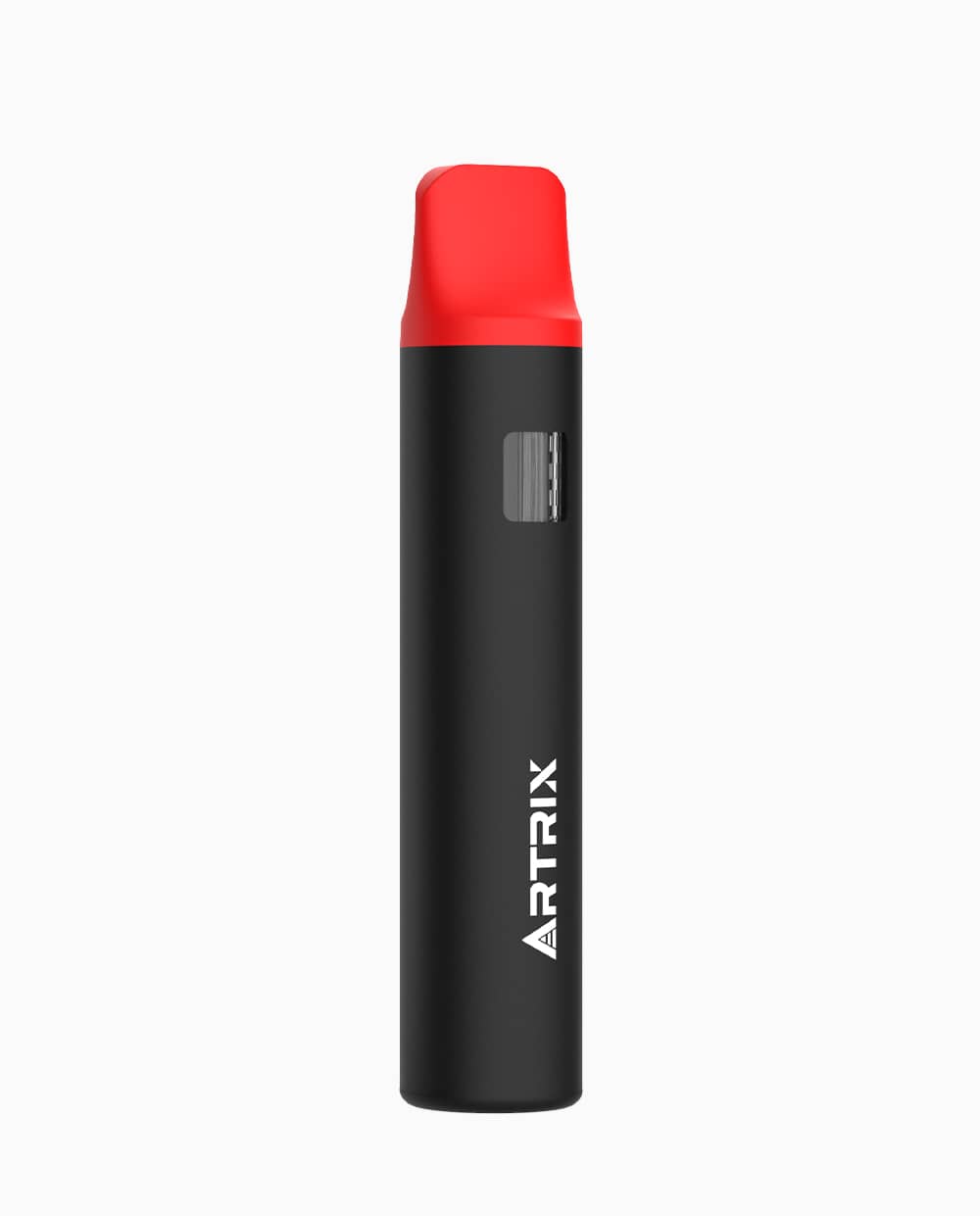
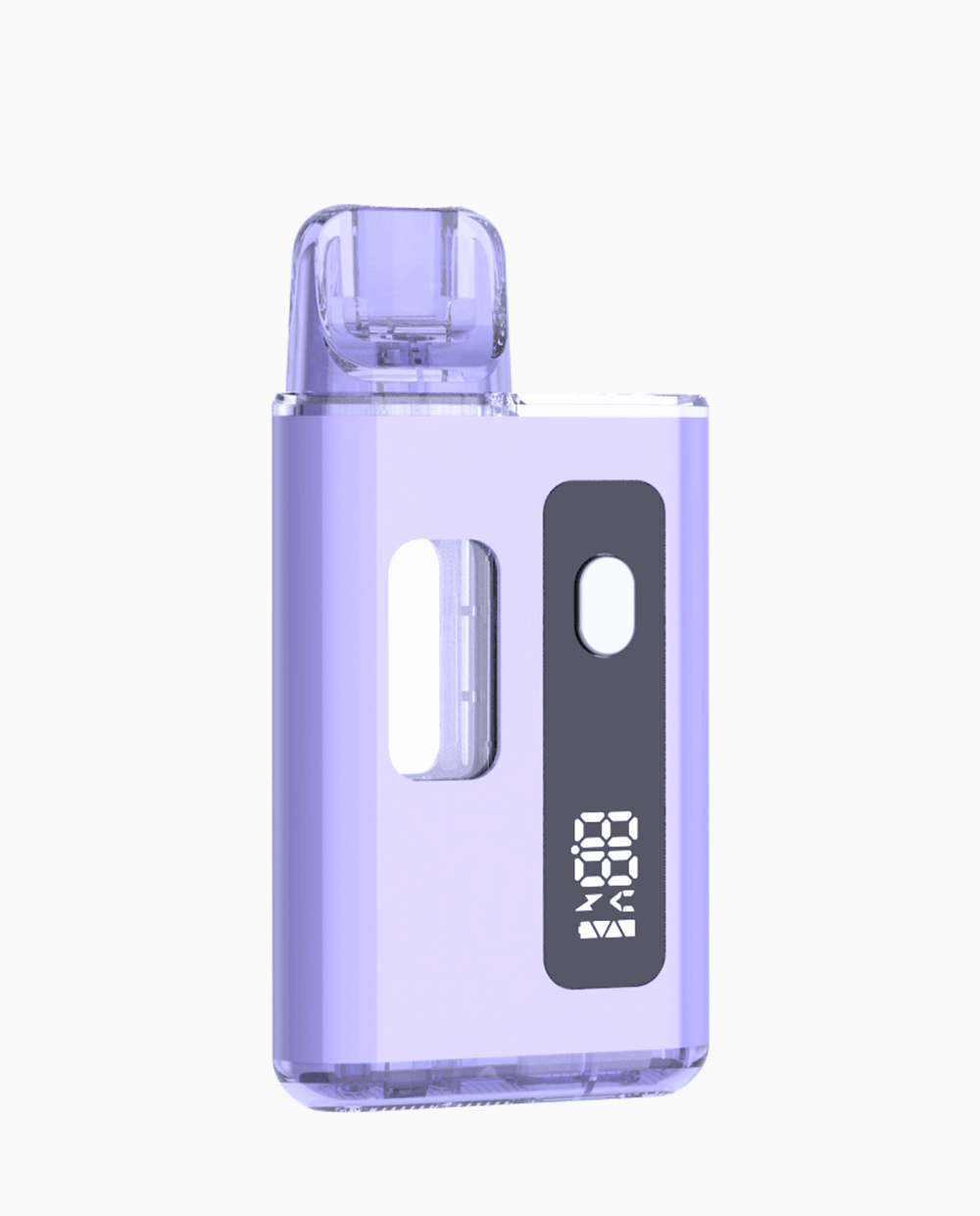
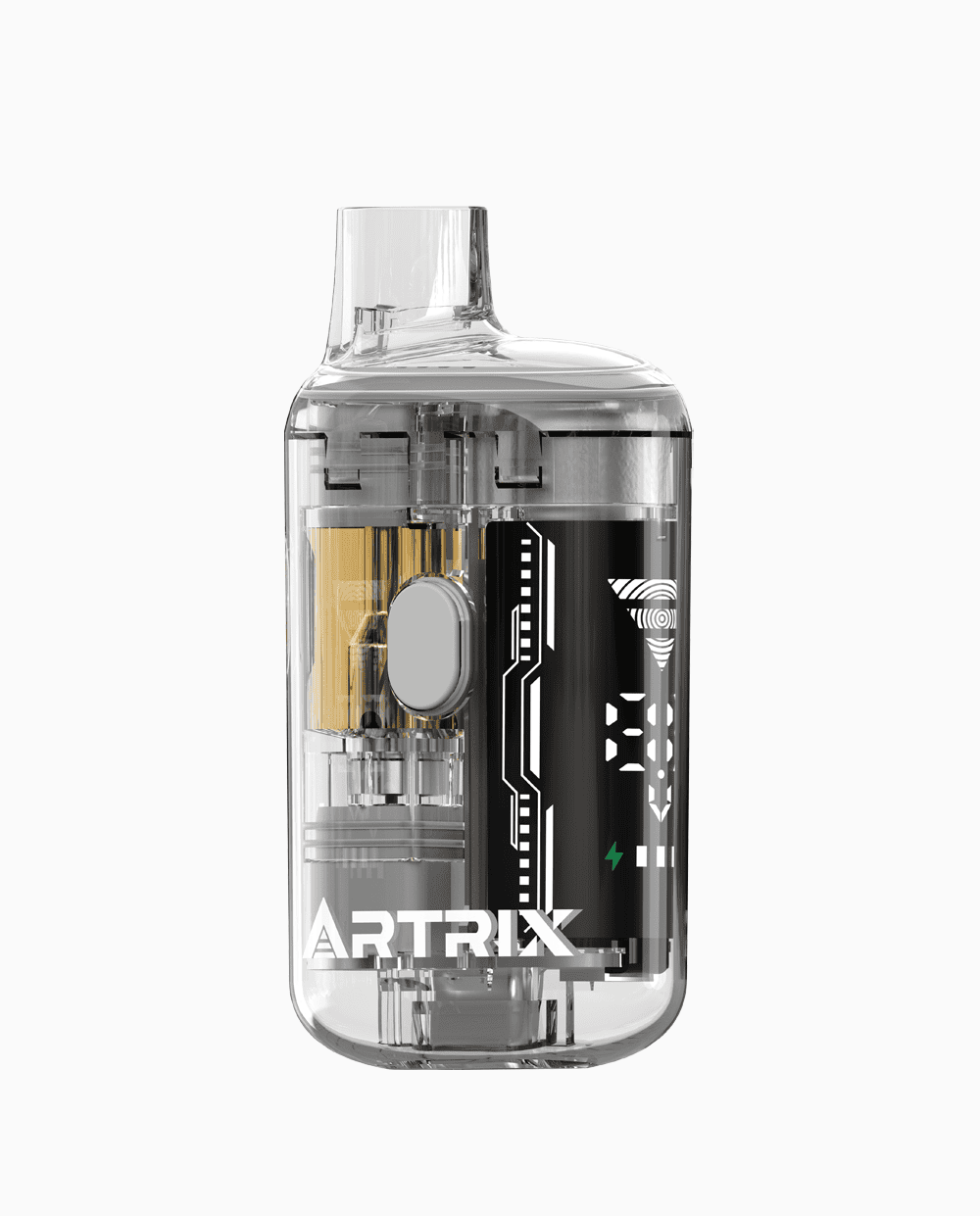
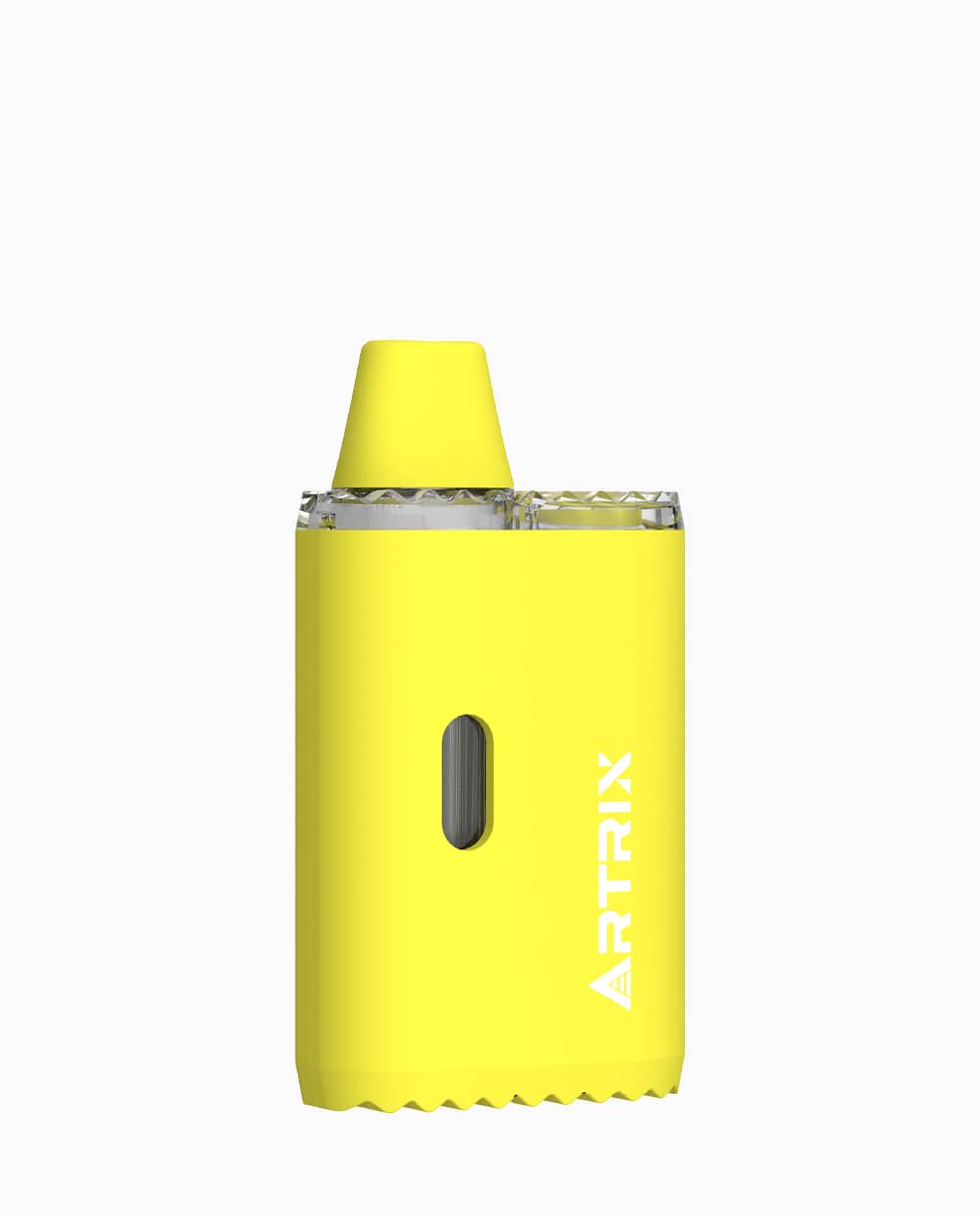
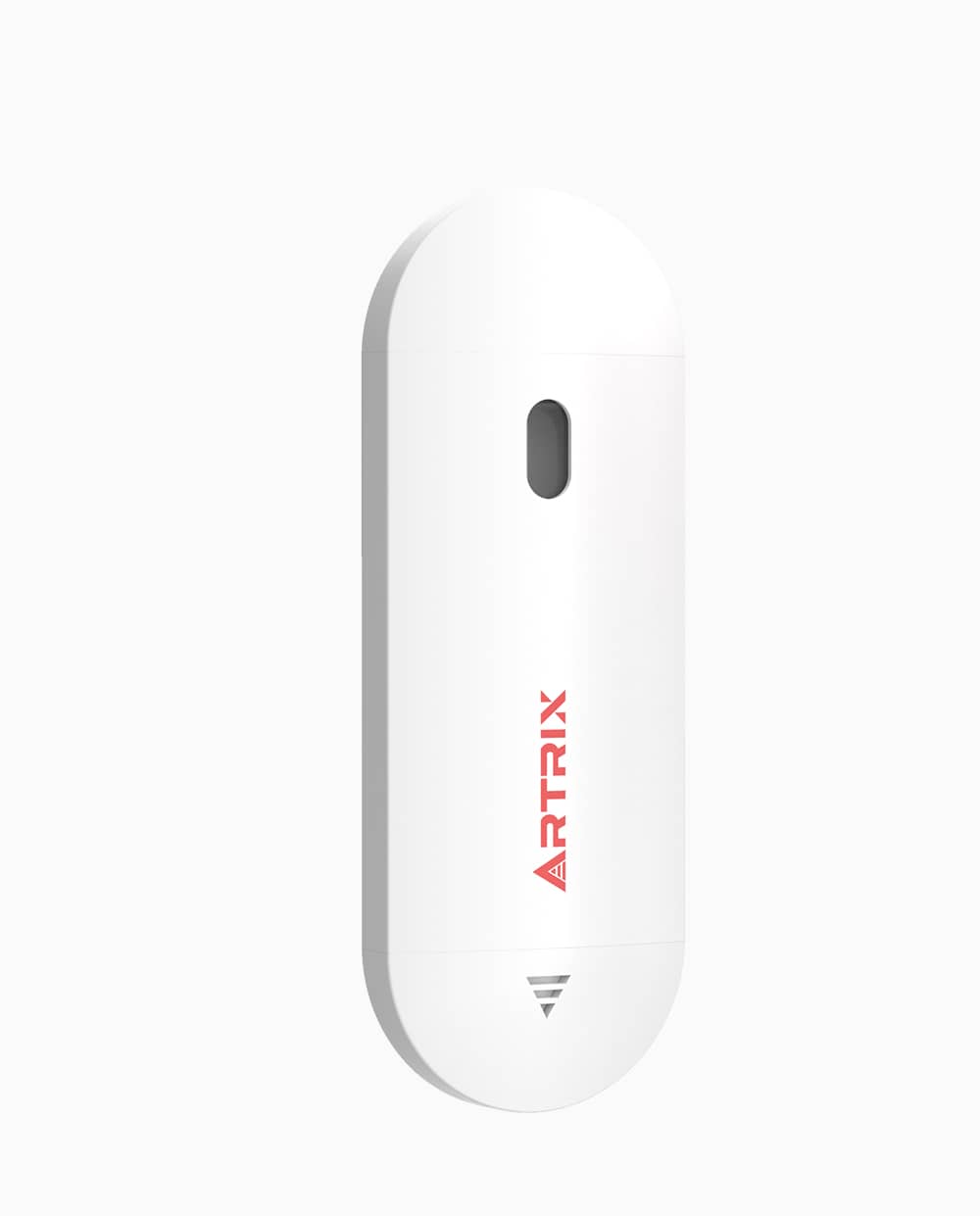
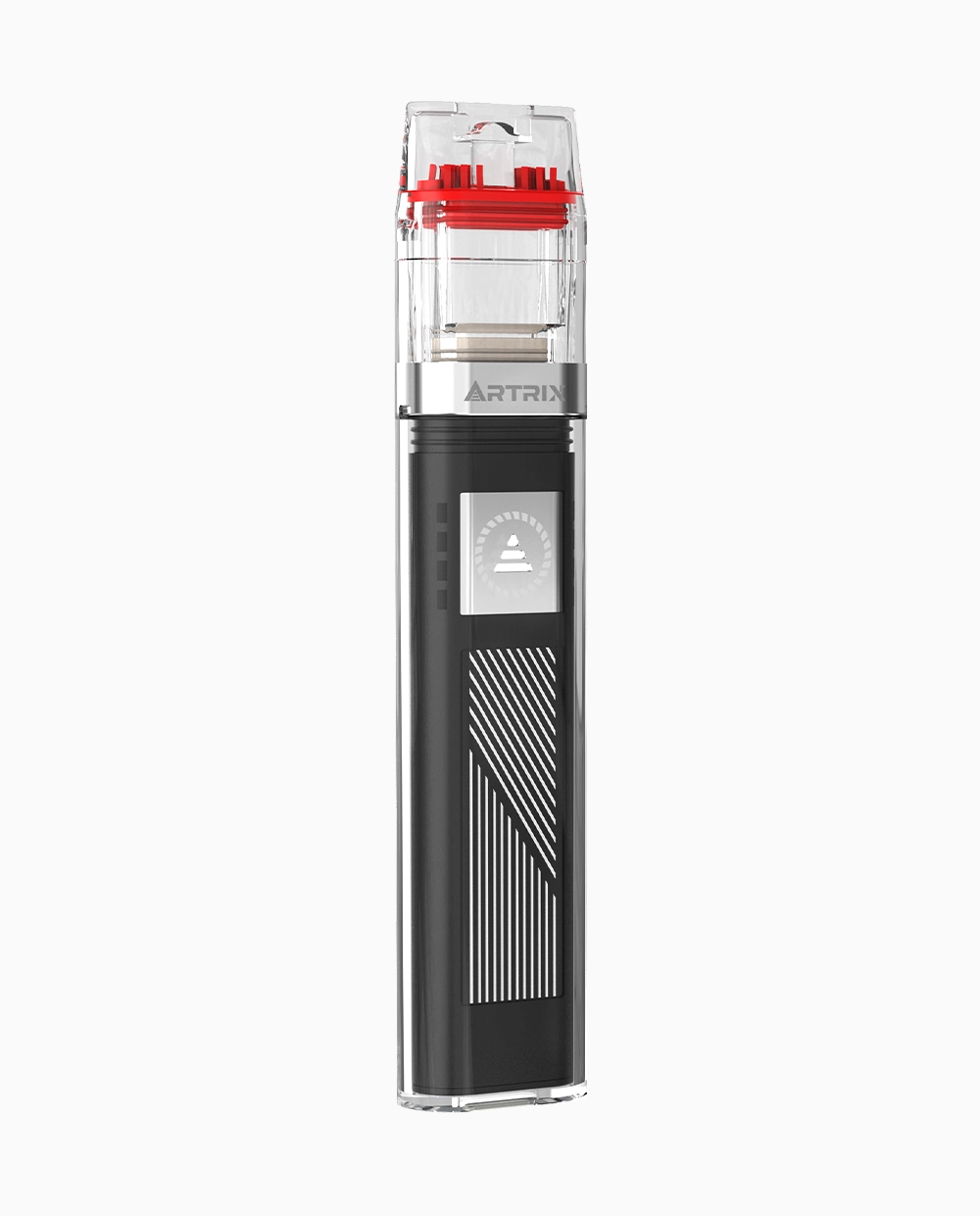
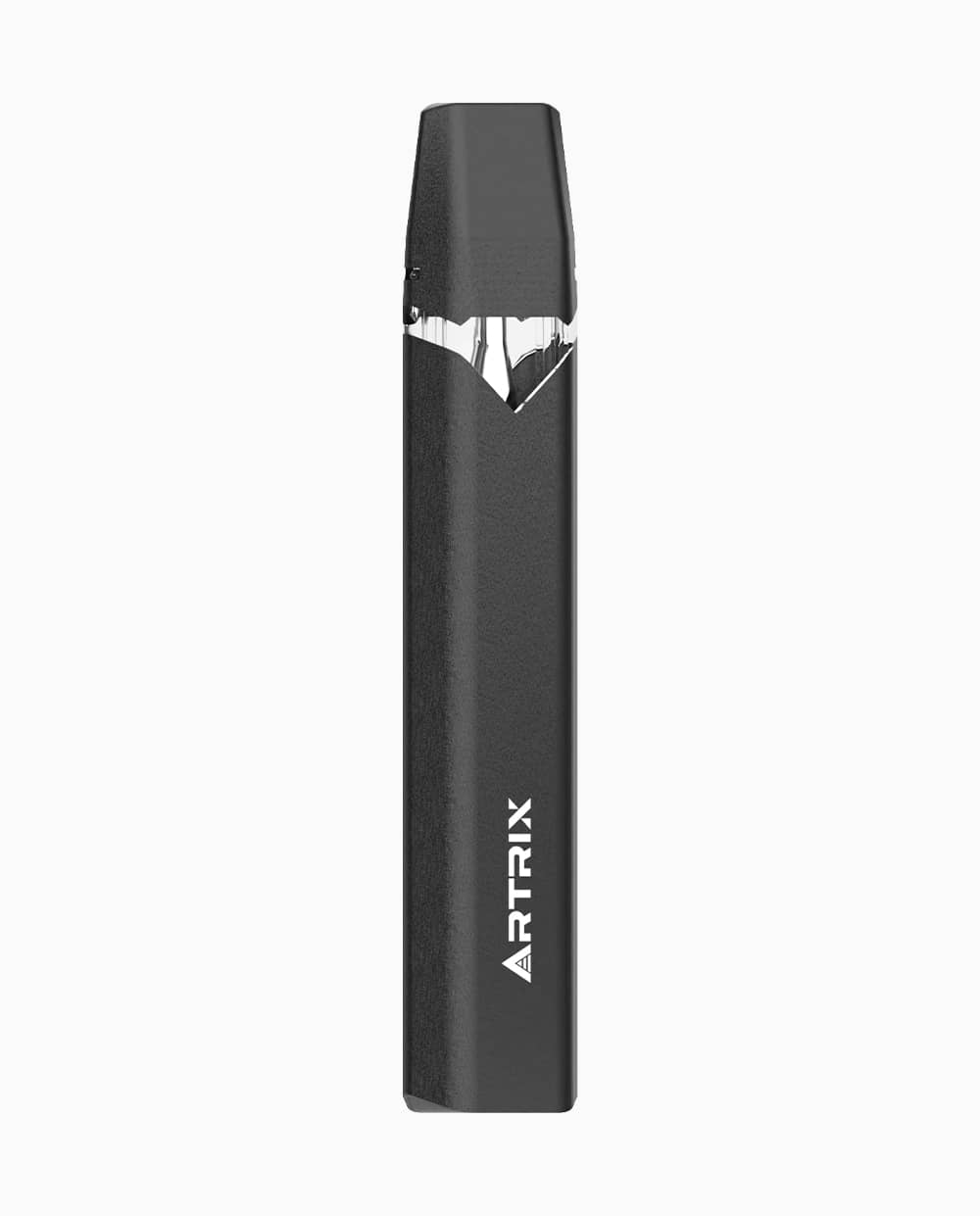
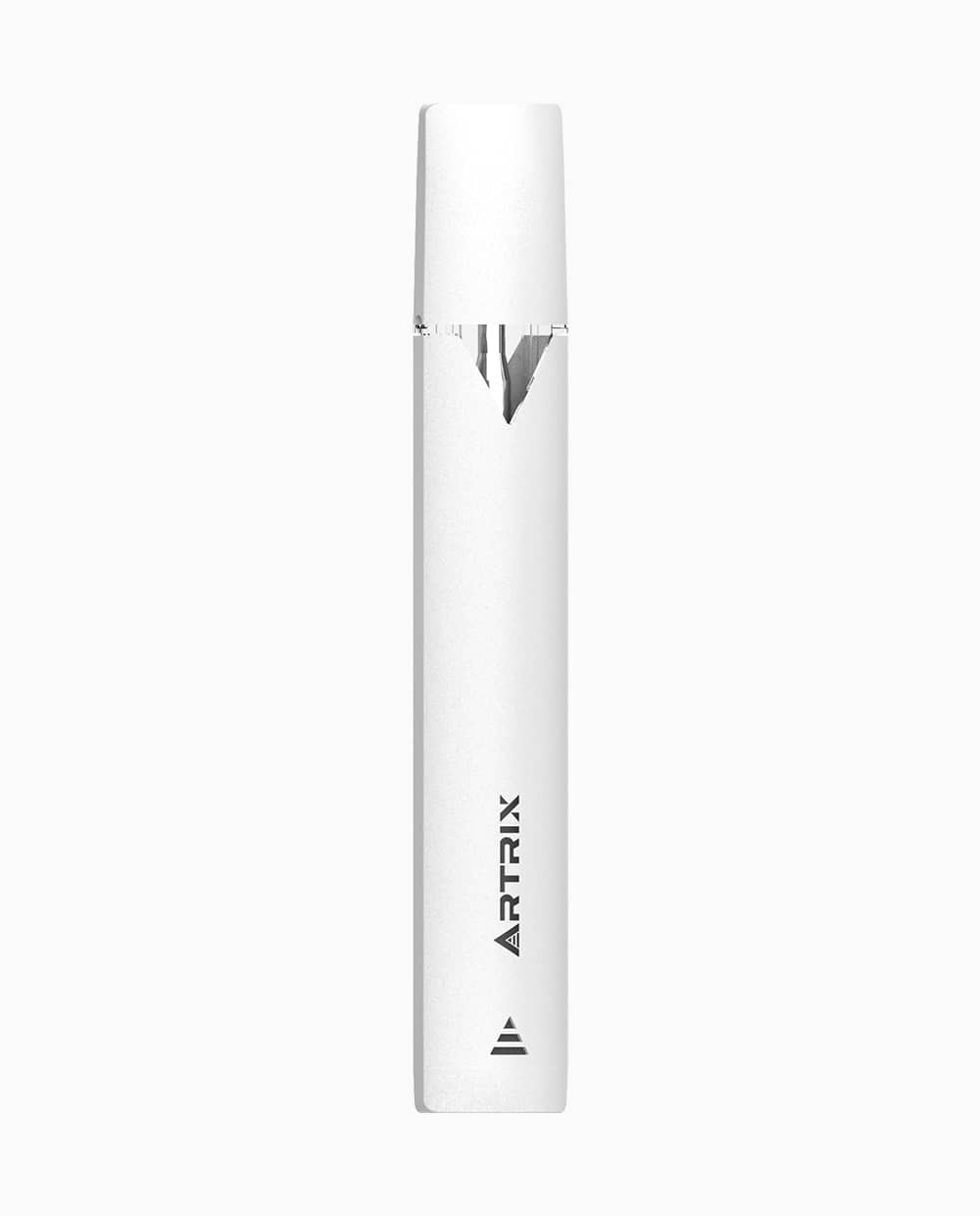
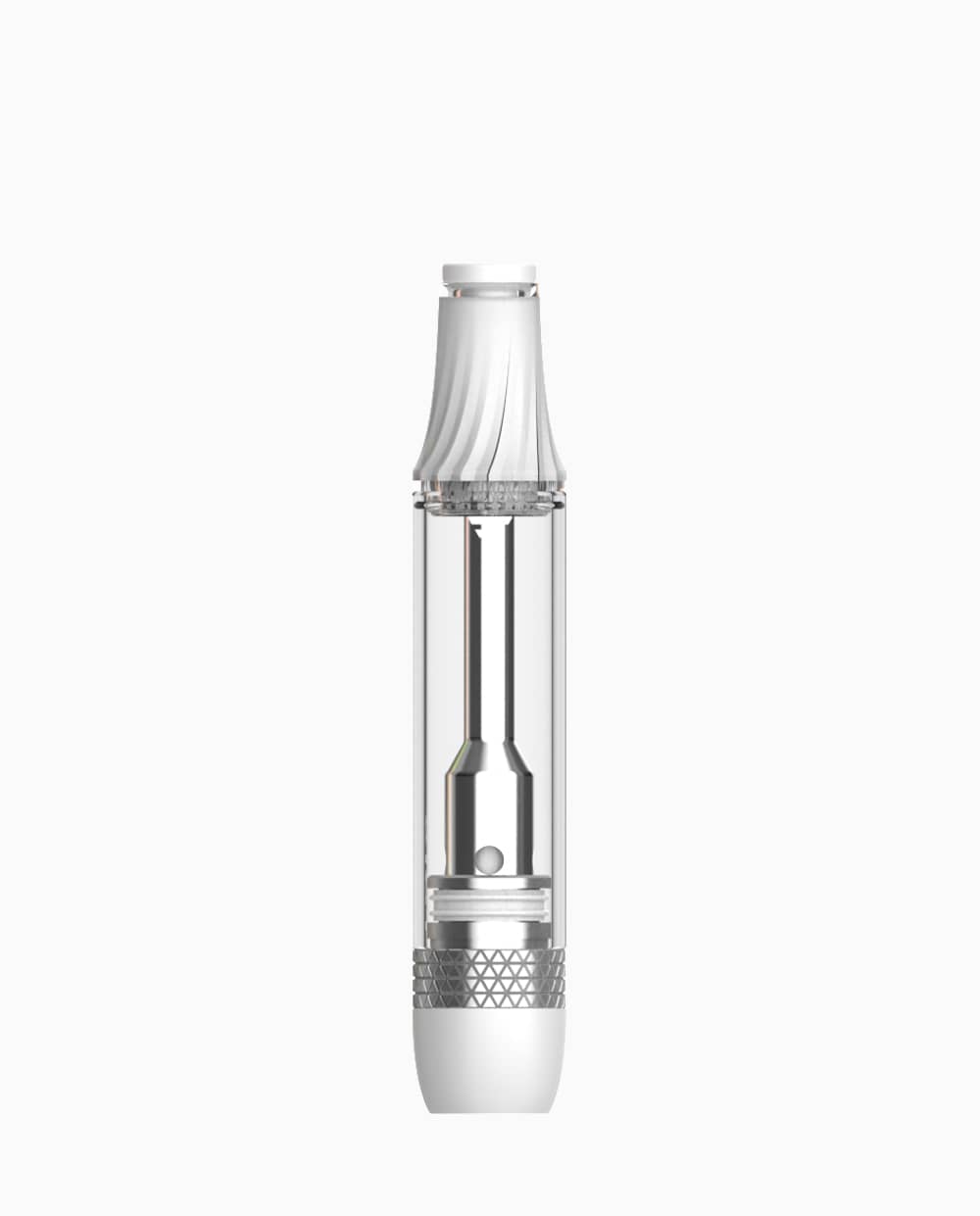
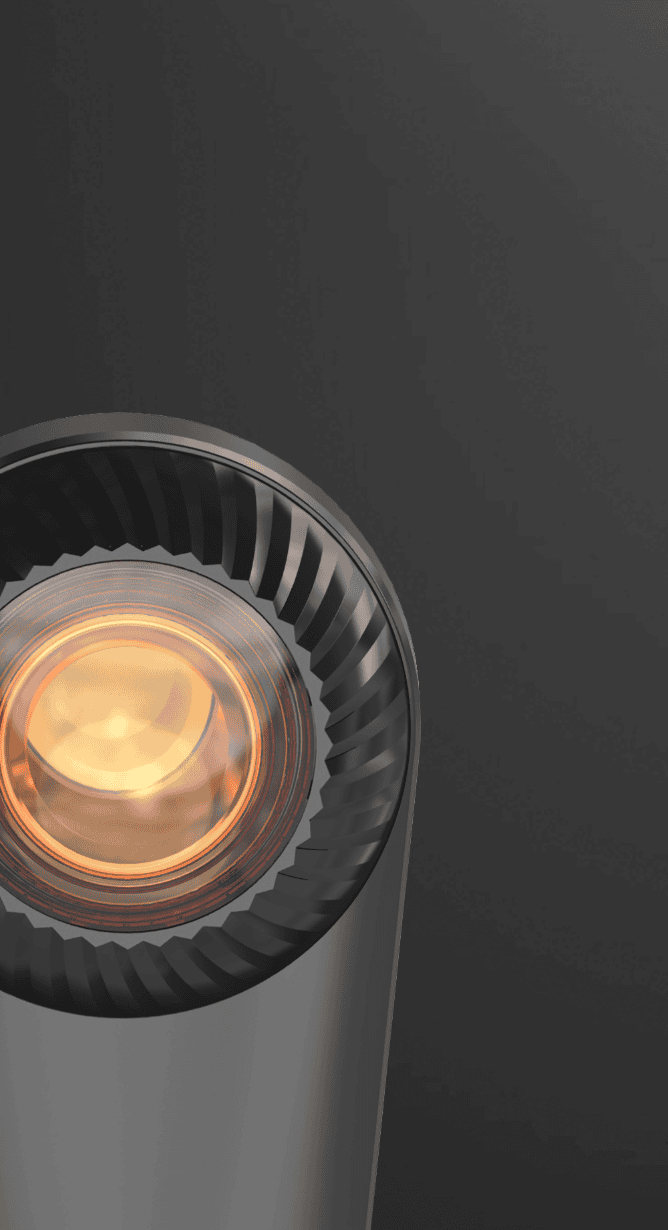
-1.webp)
-1.webp)
-2.webp)
